Tamarind (Tamarindus indica) is an import tree of semiarid tropical conditions, is a longlived tree Every part of the plant is used for different purposes The tamarind tree produces edible, podlike fruit which is used extensively in cuisines around the world Other uses include traditional medicine and metal polisMiracle Tree, River Tamarind Seeds (Leucaena leucocephala) Price for Package of 5 seeds Aka miracle tree, Koa Haole, white leadtree, river tamarind, subabul, jumbay, white popinac, phak krathin, guaje Organic, open pollinated, nongmo seeds Germination tested at >90%Labourer plucks tamarind fruits from a tree at a farm on the outskirts of Bangalore on April 2, 21 birds nest with eggs on a tamarind tree tamarind tree stockfoto's en beelden tamarind tree tamarind tree stockfoto's en beelden
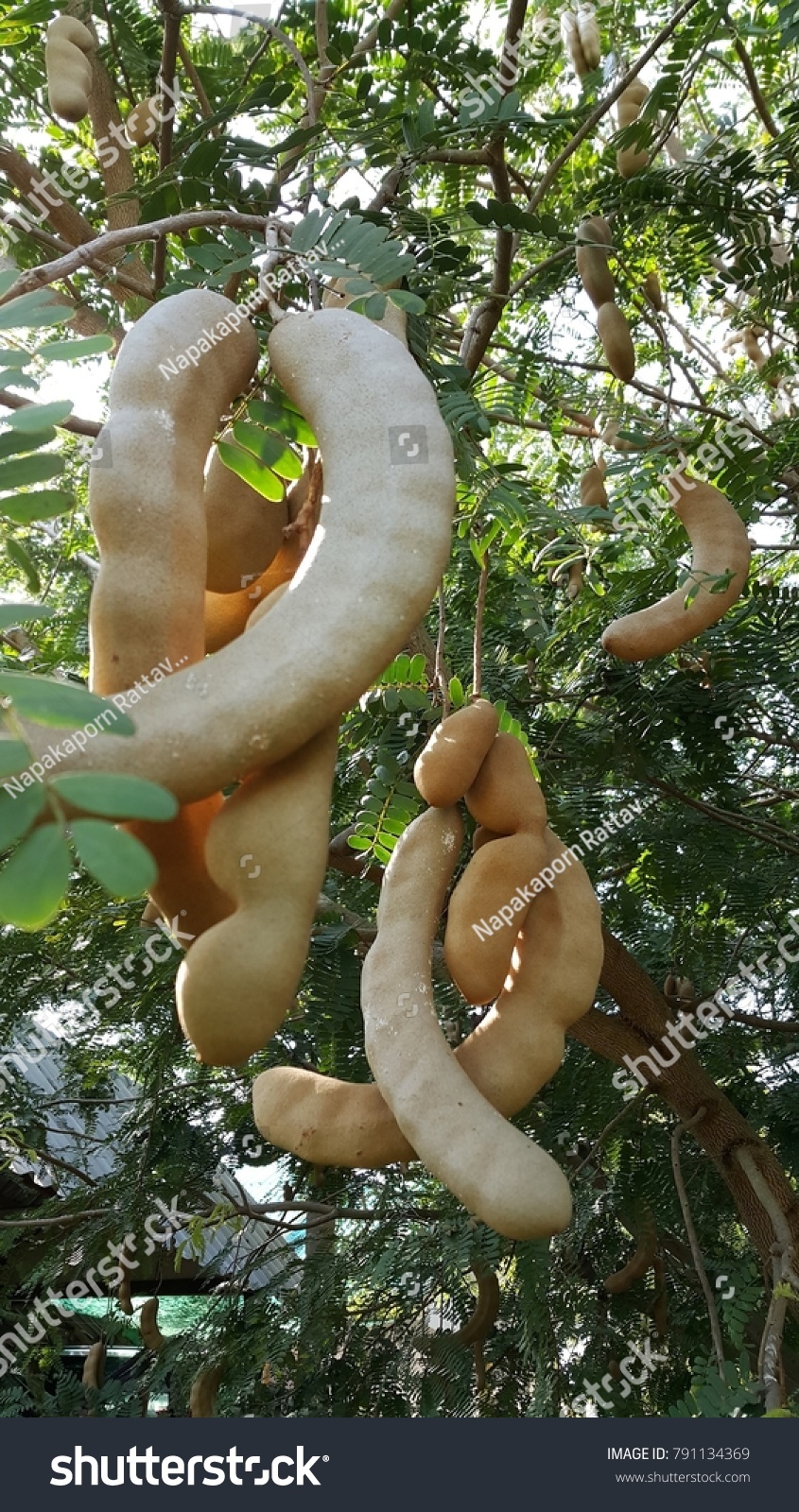
Tamarind Tree Big Tamarind Fruits Stock Photo Edit Now
Tamarindus indica fruit tree
Tamarindus indica fruit tree-Tamarind fruit is a podlike fruit, which contain an edible pulp and cultivating from tamarind tree Tamarind pulp is sweet and sour in taste, and is used to add taste to cuisines Tamarind Flowers, Fruits and Seeds Tamarind Flowers Tamarind Flowers Cleaning Agent The fleshy, juicy, acidulous tamarind pulp is used as metal polish, especiallyOf all the fruit trees of the tropics, none is more widely distributed nor more appreciated as an ornamental than the tamarind, Tamarindus indica L (syns T occidentalis Gaertn;
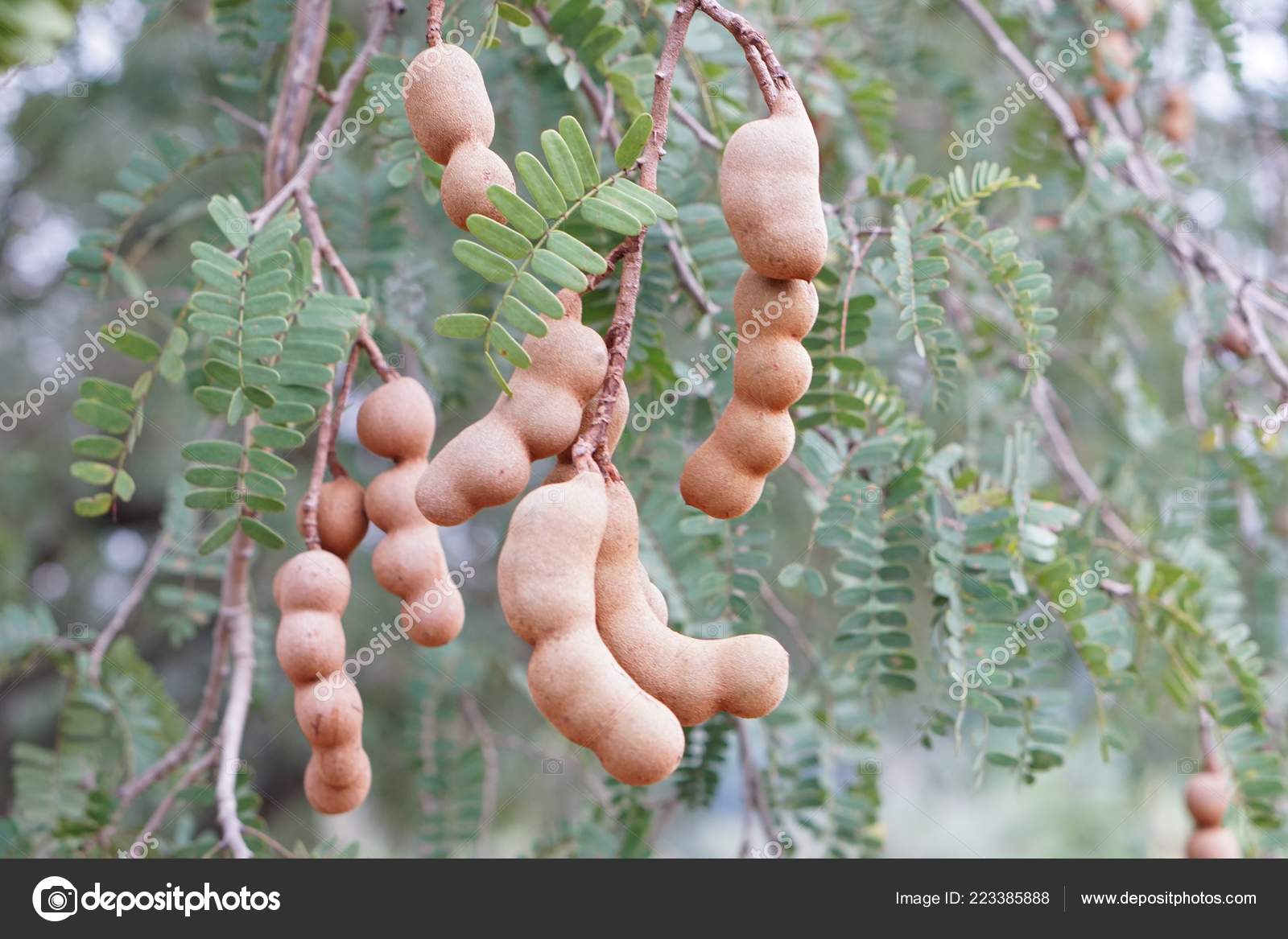


Tamarind Fruit Tree Plantation Thailand Stock Photo Image By C Tanantornanutra
The cultivation of tamarind tree in the open ground in Suffolk County is only possible in a wellsheltered, frostfree place This tree is well suited to roadsides and in parks and gardens, even though the falling fruit can impede traffic Space the trees 7The Tamarind tree is cultivated throughout the tropical belt around the world It has many uses for the fruit, leaves, seeds and wood The fruit is generally sour but some varieties have a higher sugar content and they are usually processed and used in various dishes and condimentsTamarind tree with fruit in tepoztlan, morelos I Tamarind tree with fruit ready to eat Old tamarind tree stem Old tamarind tree damaged stem Tamarind Tree Produces podlike fruits, which contain an edible pulp that is used extensively in cuisines around the world Tamarind tree
How To Make Tamarind Juice and Tamarind candies!This tree gives crops just once in six years But it's worth waiting, the fruit is extremely healthy for the digestive system and has an unusual strong taste The fruit bared in tamarind's pod consists of few seeds and a soft substance It's usually mashed into a thick mass and then mixed with waterThe fruit of the Tamarind which hang from the branches begin as a pale green and as the fruit matures turns into a dark, shiny brown In South India, the tree is grown in the precincts of temples to the Mother Goddess who battles evil spirits at night
The tamarind tree (Tamarindus indica) was introduced to Barbados in the mid seventeenth (17th) century but is native to the African Savannah zone This large tree produces pods around May and once the brown, edible fruit is ripe, it is quite a favourite on the island of Barbados Tamarind balls and tamarind drink are made from the fruit of the tamarind treeHow to Grow Tamarind Tree 1 For growing a tamarind tree you will need fresh tamarind seeds which can be directly obtained from the fresh fruit 2 The tamarind seeds germinate well in welldrained soil, so you can use a soil mix of peat, garden soil,The tamarind is a slow growing but long lived tree reaching up to 30 metres It is highly wind resistant with strong graceful branches with rough fissured bark The fruits look like beans and are borne in great abundance along the new branches
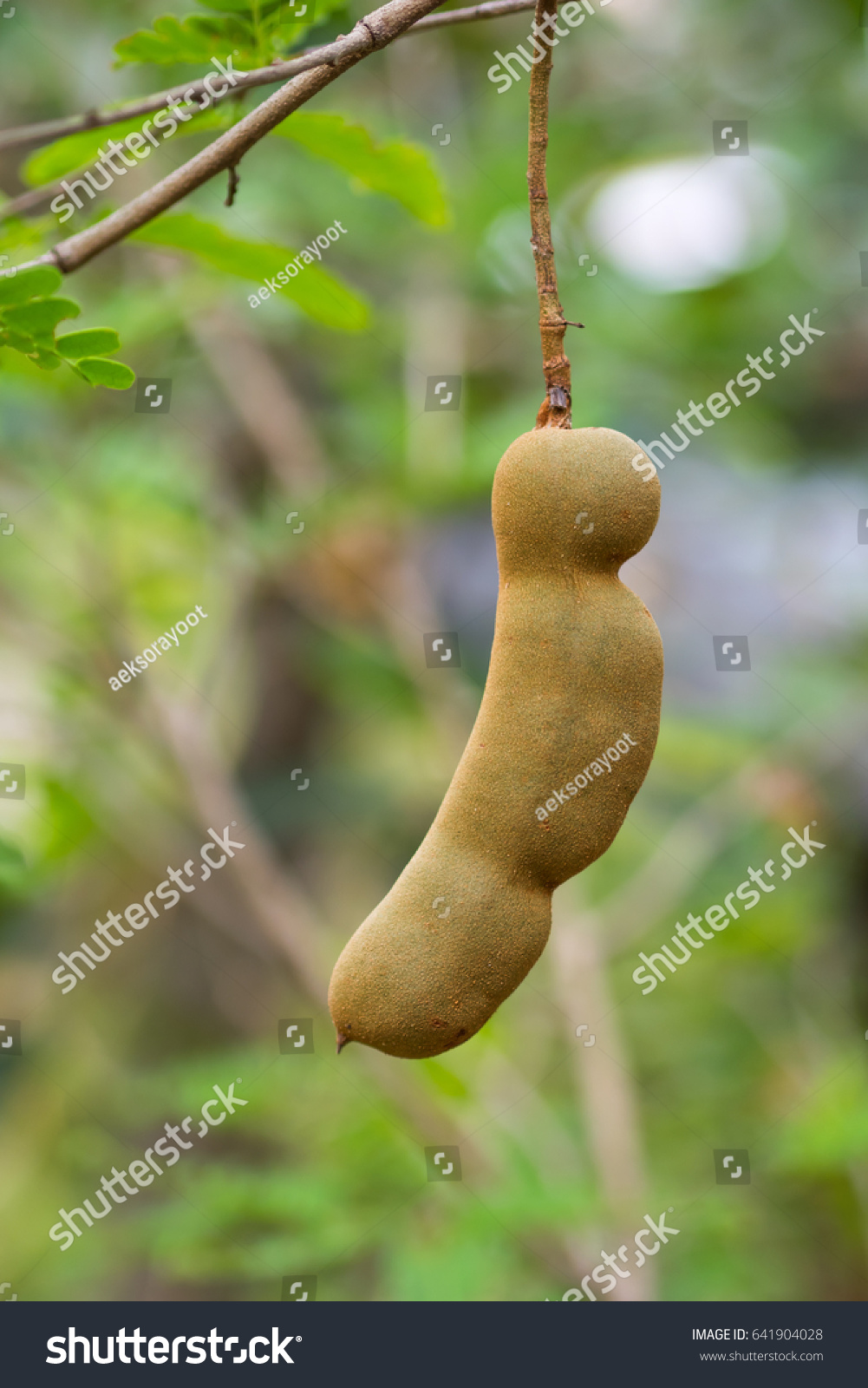


Tamarind Fruit Tree Stock Photo Edit Now



The Tamarind A Tree Well Traveled Family Travel Africa
· Tamarind is a slowgrowing tree It's able to reach a height of 25 m and a circumference of 7 m, very longlived, in fact, it can survive for more than 300 years Tamarind leaves are evergreen, like pinnate up to 15 cm long consisting of 10 – 12 pairs of leaflets Its leaves somewhat looks like acacia leaves2912 · Tamarind ((Tamarindus indica L) is a multifunctional droughttolerant fruit tree that has traditionally provided food, medicine, and other productsIt belongs to the family Leguminosae or Caesalpiniaceae and is found throughout the tropics and subtropics of the worldThe tree has become naturalized at many places particularly in India, South East Asia, tropical America, theFind tamarind tree stock images in HD and millions of other royaltyfree stock photos, illustrations and vectors in the collection Thousands of new, highquality pictures added every day



Tamarind Fruit Tree In India Page 1 Line 17qq Com


Tamarind Healthier Steps
T officinalis Hook), of the family Leguminosae Most of its colloquial namesThe tamarind tree originates from Madagascar The most valuable and commonly used part is the fruit The pulp constitutes 3050% of the ripe fruit, the shell and fibre account for · AMONG fruit trees of the tropics, none is more widely distributed and appreciated as an ornamental tree than the tamarind Tamarind is best known for its mouthwatering fruit
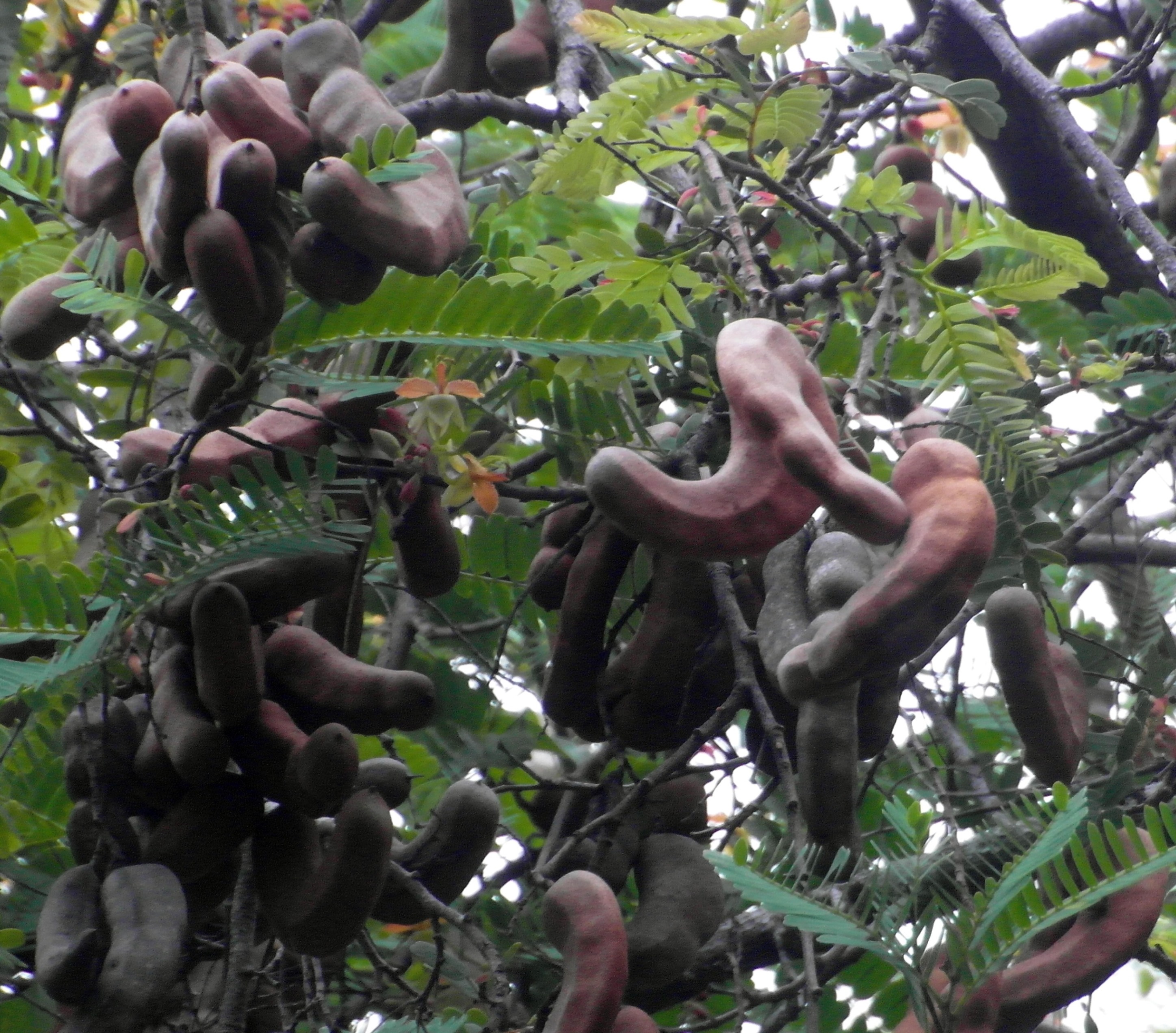


Free Photo Tamarind Fruit Tree Pod Trees Tree Free Download Jooinn



Tamarind Tree Bonsai Bonsai Bonsai Fruit Tree Tamarind
Tamarind 356 likes The tamarind tree produces edible, podlike fruit which are used extensively in cuisines around the worldDr Henry Nehrling reported that a tamarind tree in his garden at Gotha, Florida, though damaged by freezes, always sprouted out again from the roots In northwestern India, the tree grows well but the fruits do not ripen Dry weather is important during theTamarind tree got famous in Hindu mythology because of Usha, the adopted daughter of Parvati It is in her memory that no salt is taken in the month of "Chaitra"(Chaitra is one of the months from Hindu Almanac) and instead, food is seasoned with imli, the pulp of the tamarind fruit which is exceedingly sour


Tamarind Tree How To Plant Grow Harvest Tamarind
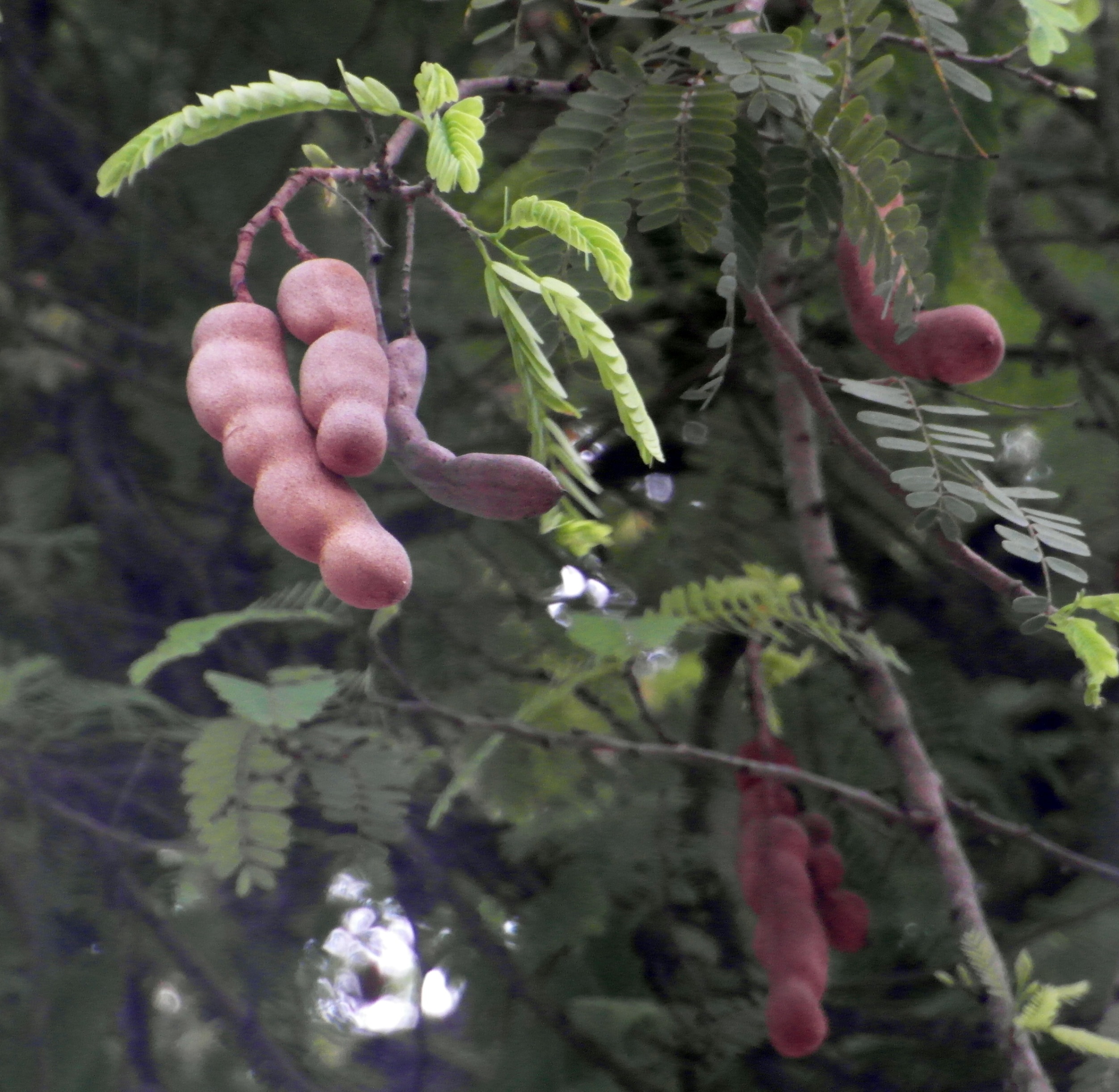


Free Photo Tamarind Fruit Tree Pod Trees Tree Free Download Jooinn
· The tamarind trees are slow growing, longlived and are evergreen trees The length of the tamarind tree is 80 feet and width of the canopy is 35 feet The foliage is bright green in colour;Explore The TAMARIND FRUIT Tree Tamarind is a slowgrowing tree It's able to reach a height of 25 m and a circumference of 7 m, very longlived, in fact, it can survive for more than 300 years Tamarind flowers look beautiful like a mini orchidTamarind Fruits Food 56 31 34 Monkey Tamarind Primate 29 18 7 Garcinia Cambogia 0 0 0 Monkey Primate Baboon 18 10 0 Tamarind Isolated Ripe 19 7 3 Exotic Brown Shell 12 8 1 Life Tamarind Tree Germ 7 2 2 Tamarind Fruit Sour 7 1 2 Tamarind Juice Fruit Tamarind Tree 68 Free images of Tamarind


Sweet Tamarind On Wooden Background Fresh Tamarind Fruits And Leaves Stock Photo Crushpixel



Tamarind Tree Tropical Fruit Ripe Tamarind On Tree With Leaves Stock Photo Picture And Royalty Free Image Image
Tamarind definition is an African evergreen tree (Tamarindus indica) of the legume family that is widely grown in tropical regions and has hard yellowish wood, pinnate leaves, redstriped yellow flowers, and an edible fruitIn this weekend's video presentation I will give you a long awaitThe tamarind tree finds its Mediterranean equivalent, the carob tree, a close relative that is exploited as much for its pulpy pod as for its majestic port Powerful Roots The tamarind tree forms a massive and short trunk, gnarled with age, building a wide dense crown reaching 10 to 30 m in height with a trunk diameter of 1 m



Kj S Husbandry Sweet Tamarind Plants Available Only 35 Facebook
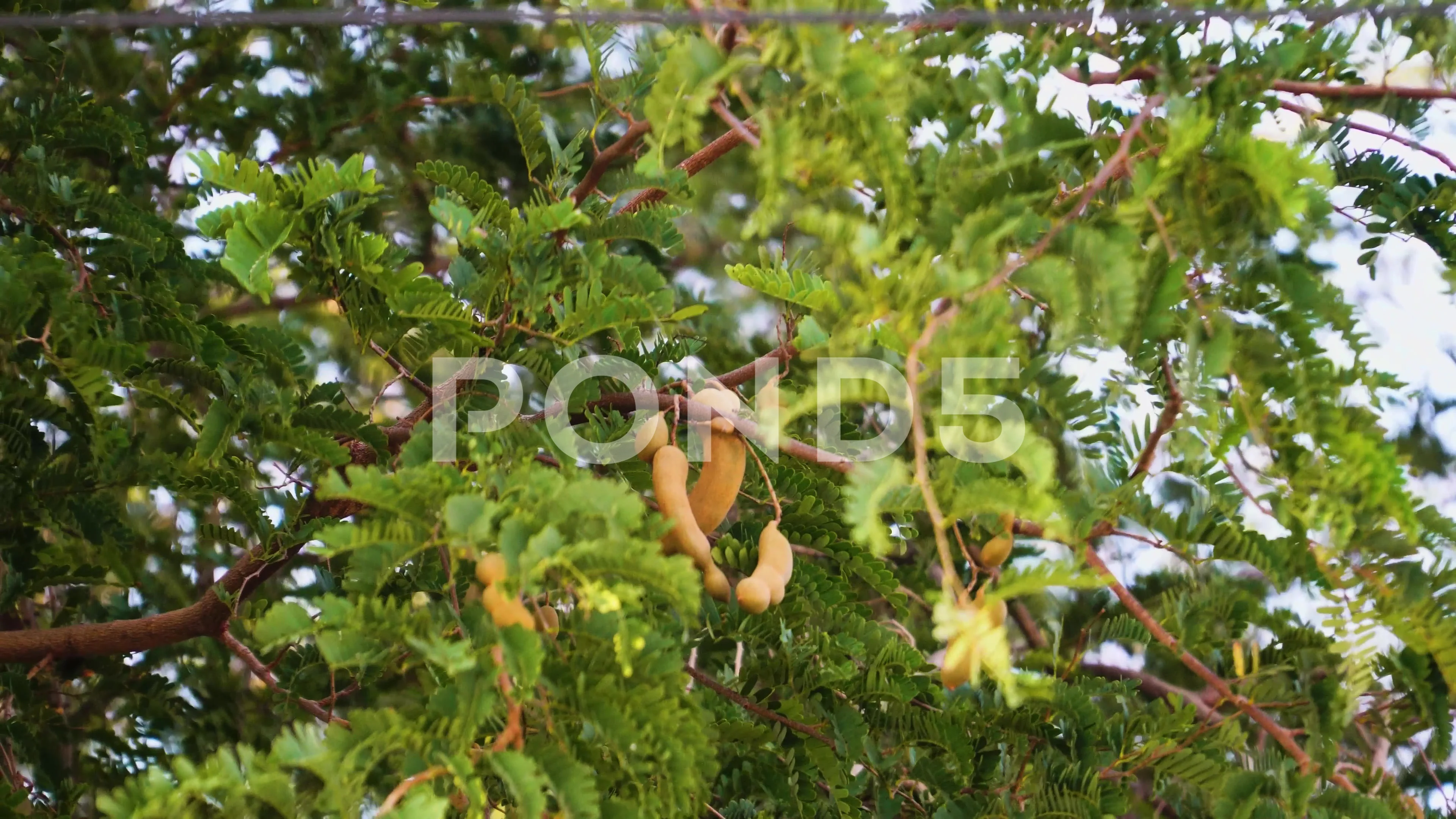


Tamarind Tree Stock Footage Royalty Free Stock Videos Pond5
· Harvest Tons of Sweet, Tart, and Unique fruit The Tamarind Tree is a landscaping favorite because this tree has a unique vase shape and a thick canopy filled with pairs of leaves that give it an exotic look In the winter, pale green flowers emerge, adding bursts of color to the landscape before turning into tan seedpodsA tree of tamarind Tamarind (Tamarindus indica) is an import tree of semiarid tropical conditionsEvery part of the plant is used for different purposes The fruit pulp sweetish/acidic in taste, is used for serving curries, chutneys, sauces and soups07 · Tamarind health benefits includes supporting a healthy heart, managing diabetes, boosting immune system, helps prevent heat stroke, support weight loss, aids development of muscle and nerves, support digestion, helps prevent ulcer, preventing cancer, slow down aging process, and help fight cold and flu
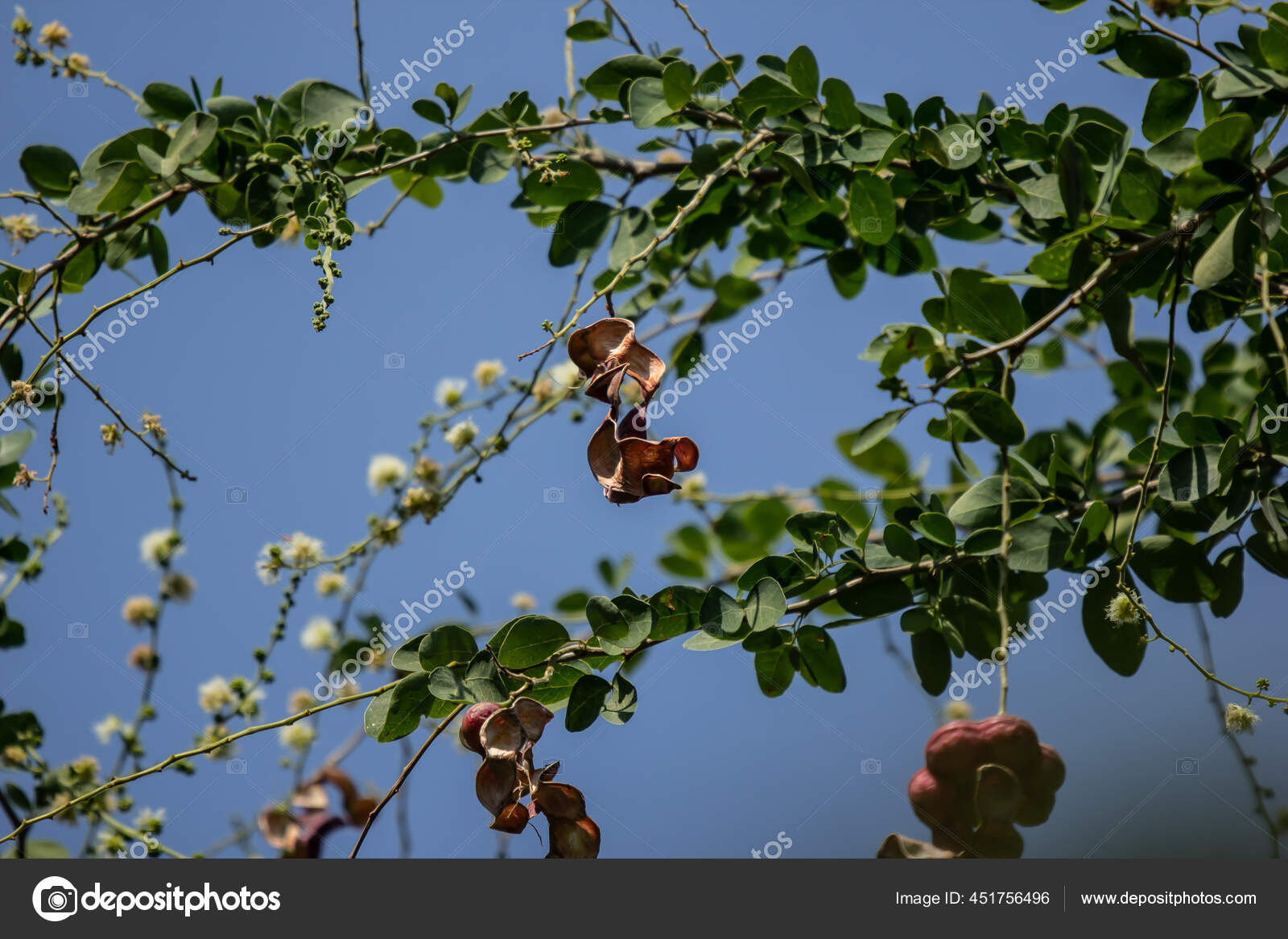


Manila Tamarind Fruit Tree Tropical Fruit Stock Photo Image By C Nitinut380
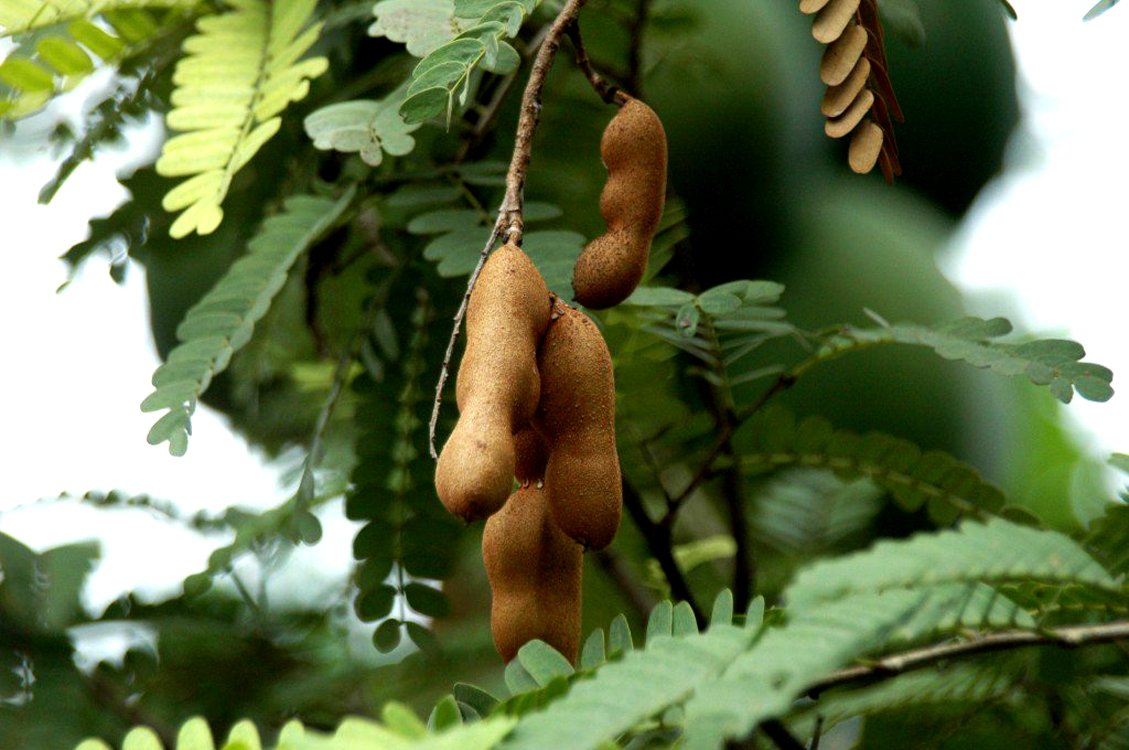


Raj Garden Plants Imli Tamarind Tamarindus Indica Live Fruit Plant Trust The Herb
Tamarind is a plant that has its origin in Africa Its fruit has a brownish pulp with a bittersweet flavor In some regions it has been used to make desserts, drinks and sauces But it is not only used in the kitchen, it is also used to cure various diseasesTamarind Fruit Health Benefits and Uses Of Tamarind Seeds!Convulsion is one of the manifestations of varied conditions For instance, epilepsy is one of these conditions Gladly, Camachile tree/Fruit can also work its magic in preventing the occurrences of convulsion
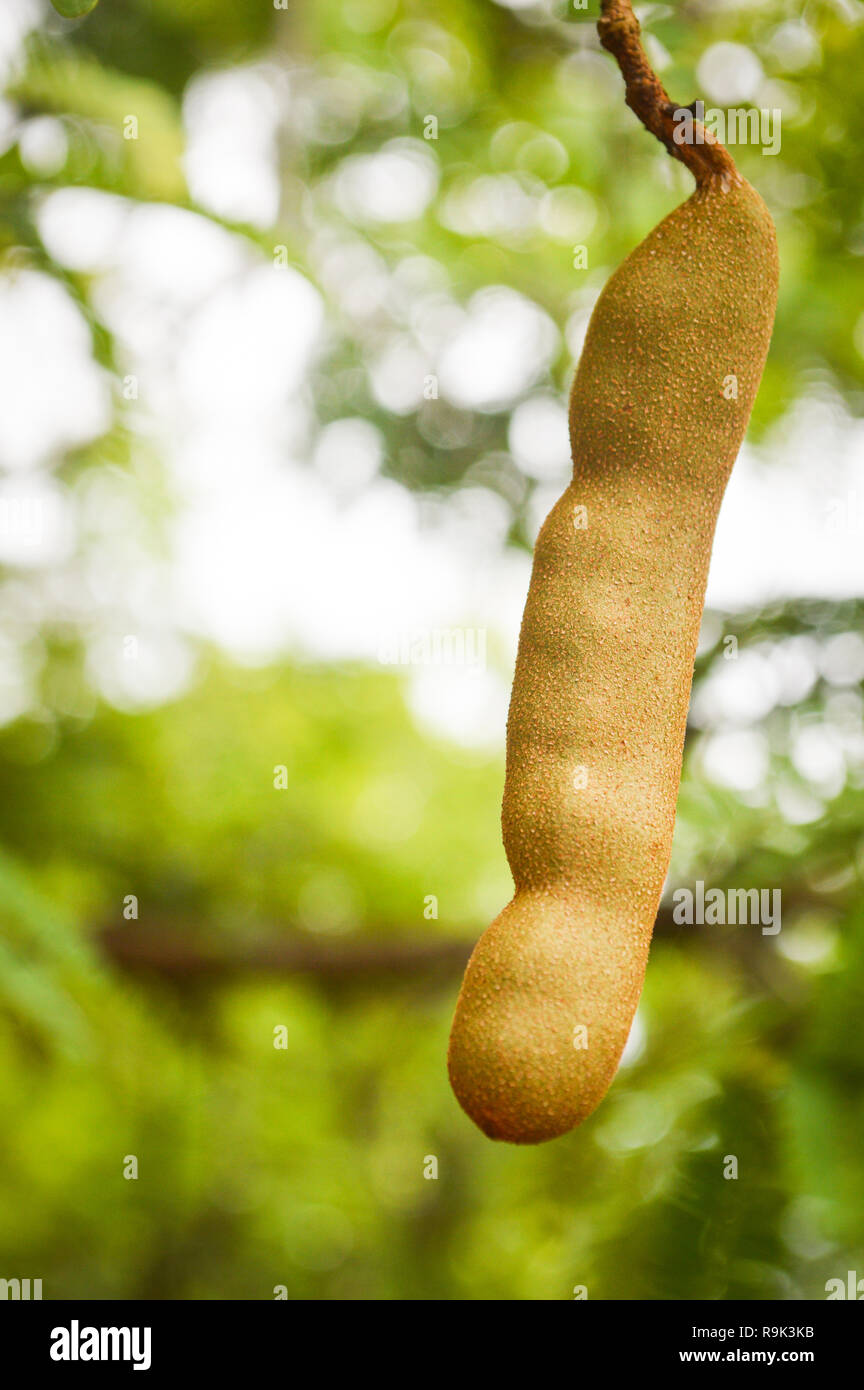


Tamarind On Tree Young Raw Tamarind Fruit Hang On The Tamarind Tree In The Garden Tropical Fruit With Nature Green Background Stock Photo Alamy



Tamarind Fruit Tree Plantation Thailand Stock Photo Image By C Tanantornanutra
Tamarind Tree in a 3 Gallon Container The tamarind is a graceful stately tree commonly found in the south Florida landscape and growing wild along Central American roadsides The fruit hang in clusters peapod like legumes typically six to eight inches long The fruit is eaten fresh, in candies, and in sauces In fact, it is one of the primary ingredients of Worcestershire, as well as numerousIf your tamarind tree is bearing fruit, fertilize with 9 or an organic equivalent at the rate of 1/2 pound per year of the tree's age, at a similar schedule of three to four times each yearThey are dense and feathery in appearance It



Tamarindus Indica Or Tamarind Tree شجرة التمر الهندي Buy Online Green Souq Uae


File A Aesthetic Tamarind Tree Jpg Wikimedia Commons
Welcome everyone to yet another great video presentation from Agrosuede Backyard Gardening!Like many foods used since ancient times, TamariTamarind (Tamarindus indica) is a leguminous tree in the family Fabaceae indigenous to tropical Africa The genus Tamarindus is a monotypic taxon, having only a single species The tamarind tree produces podlike fruit, which contain an edible pulp that is used in cuisines around the world



Tamarind Or Imli Is Not An Indian Tree It S From Africa Youtube
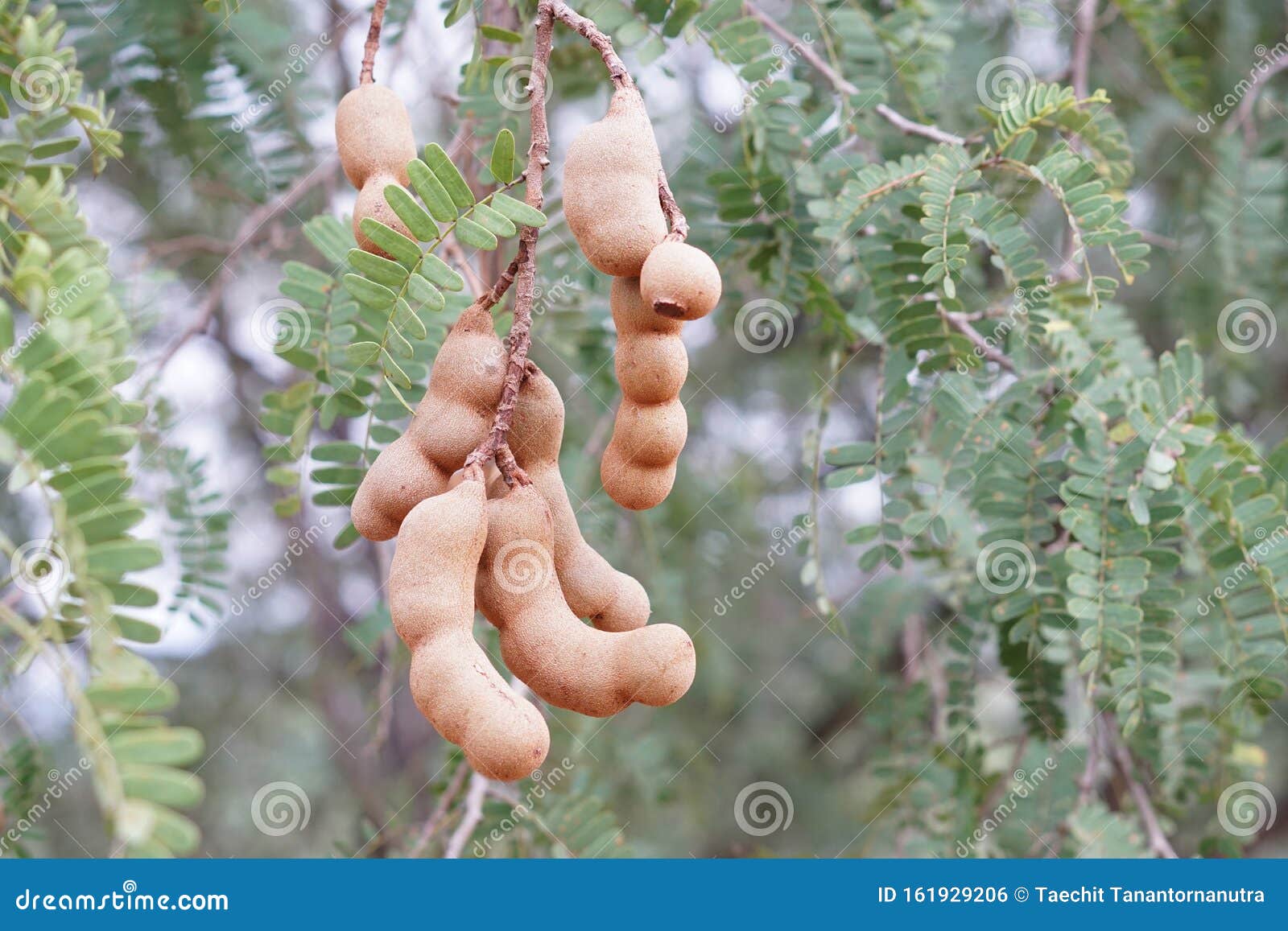


Tamarind Fruit On Tree Stock Photo Image Of Tamarind
Largest producer (300,000 tons) and exporter of tamarind pulp followed by Thailand (140,000 tons) and 45 % of tamarind tree s are planted only for fruit pulp of2513 · Tamarind is believed to have been introduced in tropical America, Bermuda, the Bahamas, and the West Indies much earlier The slowgrowing, enormous tamarind tree bears podlike fruits These pods contain highly acid (and super tangy) flesh The soft, whitish, underdeveloped seeds are enveloped in these pods Once they mature, the pods becomeTamarind fruit pulp has many uses indomestic and industrial food and medicine and isconsidered the most valuable part of the tree nmost tamarindproducing countries, rural households dry tamarind pods in the sun, separate pulp from thefibers, seeds and shells, andcompress andpack pulp inpalm leafmats, baskets,



Tamarind Tree Big Tamarind Fruits Stock Photo Edit Now
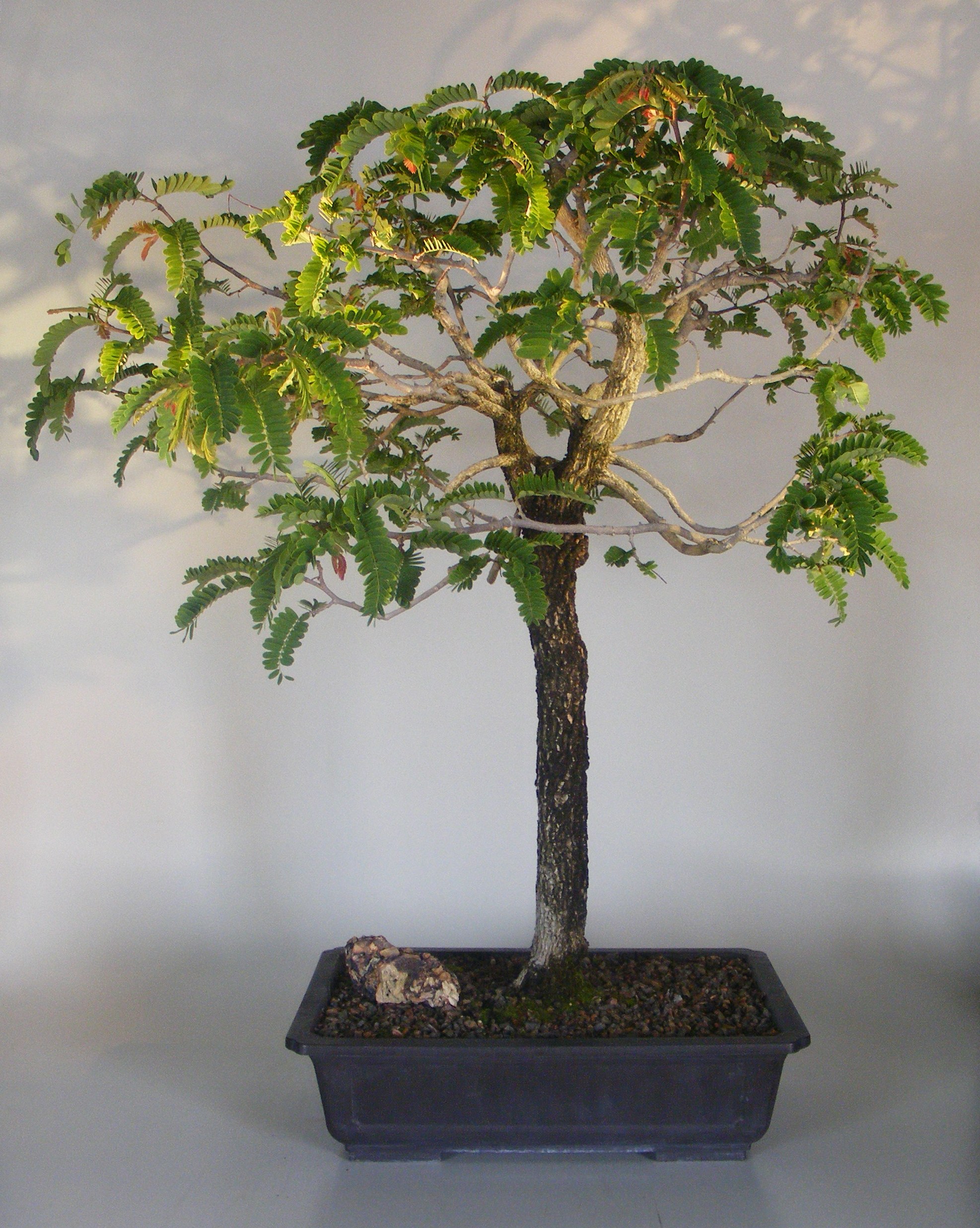


Flowering Tamarind Bonsai Tree Tamarindus Indica
Tamarind has been used by several ancient civilizations For culinary purposes and for medical reasons, tamarind has built quite a reputation over the years Grown in abundance in tropical places, the tree is now cultivated around the world The fruit appears in a pod and when opened, it contains a sticky pulp and seedsManila Tamarind Benefits (aka Madras Thorn, Camachile tree/Fruit) Pithecellobium dulce It can fight convulsion ; · Tamarind is a plant with a podlike fruit that is originated from Africa and has many uses in the modernday world The wood is used for woodworking, and the seeds can be extracted for its oil The pulp from the fruit is used by many countries for culinary and medicinal purposes, and some even used it as a metal polish



Sweet Tamarind Farming In Thailand Petchabun Sweet Tamarind Farm Youtube



Tamarindus Indica The Tamarind Tree 10 Fresh Seeds Etsy In 21 Tamarind Tropical Africa Seeds
0716 · Tamarind is a hardwood tree known scientifically as Tamarindus indica It's native to Africa but also grows in India, Pakistan and many other tropical regions The tree produces beanlike podsTamarind fruit comes from a tree that produces beanlike pods filled with seeds These seeds are blanketed by a fibrous pulp that starts out sour but sweetens eventuallyOne of the first tamarind trees in Hawaii was planted in 1797 The tamarind was certainly introduced into tropical America, Bermuda, the Bahamas, and the West Indies much earlier In all tropical and neartropical areas, including South Florida, it is grown as a shade and fruit tree, along roadsides and in dooryards and parks



Fresh Tamarind Pods Hanging On Tree Branch Stock Photo Download Image Now Istock


Tamarind Tree In The Garden Tropical Fruit Orchard Stock Photo Crushpixel



Amazon Com Tamarind Tamarindus Indica 15 Seeds Usa Shipping Tree Plants Garden Outdoor



Sweet Tamarind Leaf On Image Photo Free Trial Bigstock



Tamarind Bonsai Trees Updated A Complete Guide 2tbonsai Com
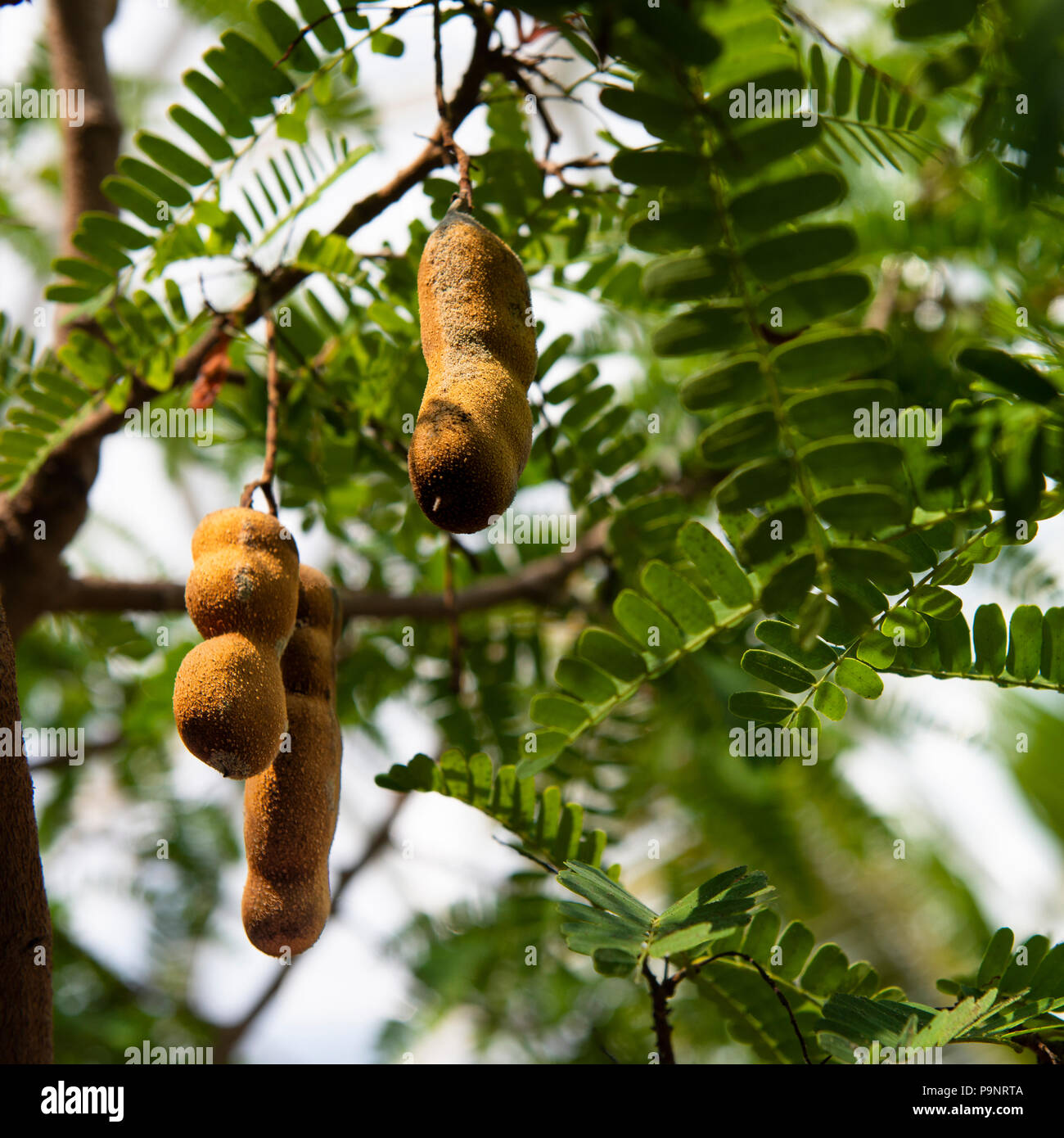


Fern Like Leaves Of A Tamarind Fruit Tree Frame Hanging Tamarind Legumes Stock Photo Alamy



Australia Berries Bright Diploglottis Campbelli Fruit Native Red Ripe Shiny Small Leaf Tamarind Splitting Tamarind Tree Wallpaper Cool Wallpapers For Me



Bonsai Swet Tamarind Tree Seeds 10pcs ম ষ ট ত ত ল ব জ Global Seeds Buy Online At Best Prices In Bangladesh Daraz Com
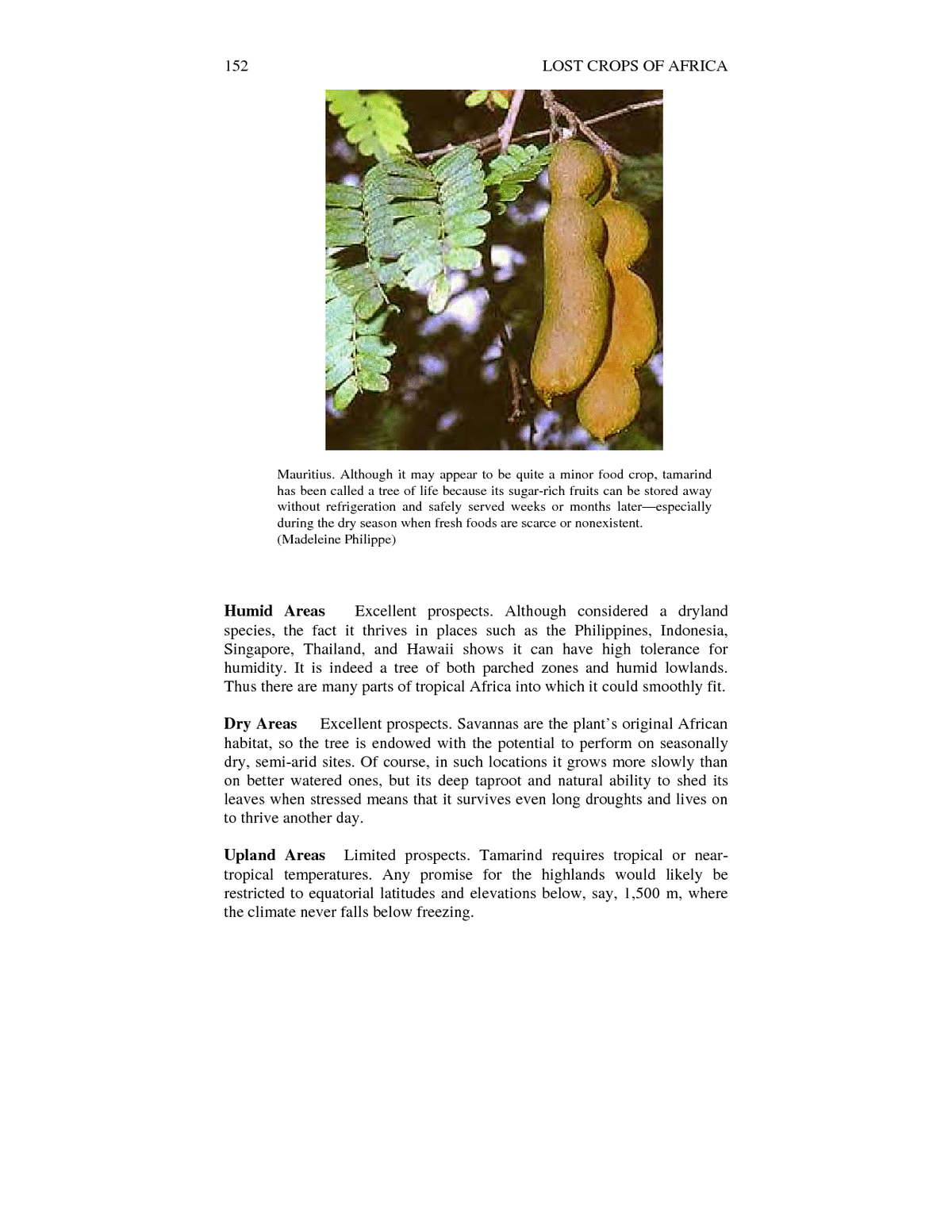


9 Tamarind Lost Crops Of Africa Volume Iii Fruits The National Academies Press
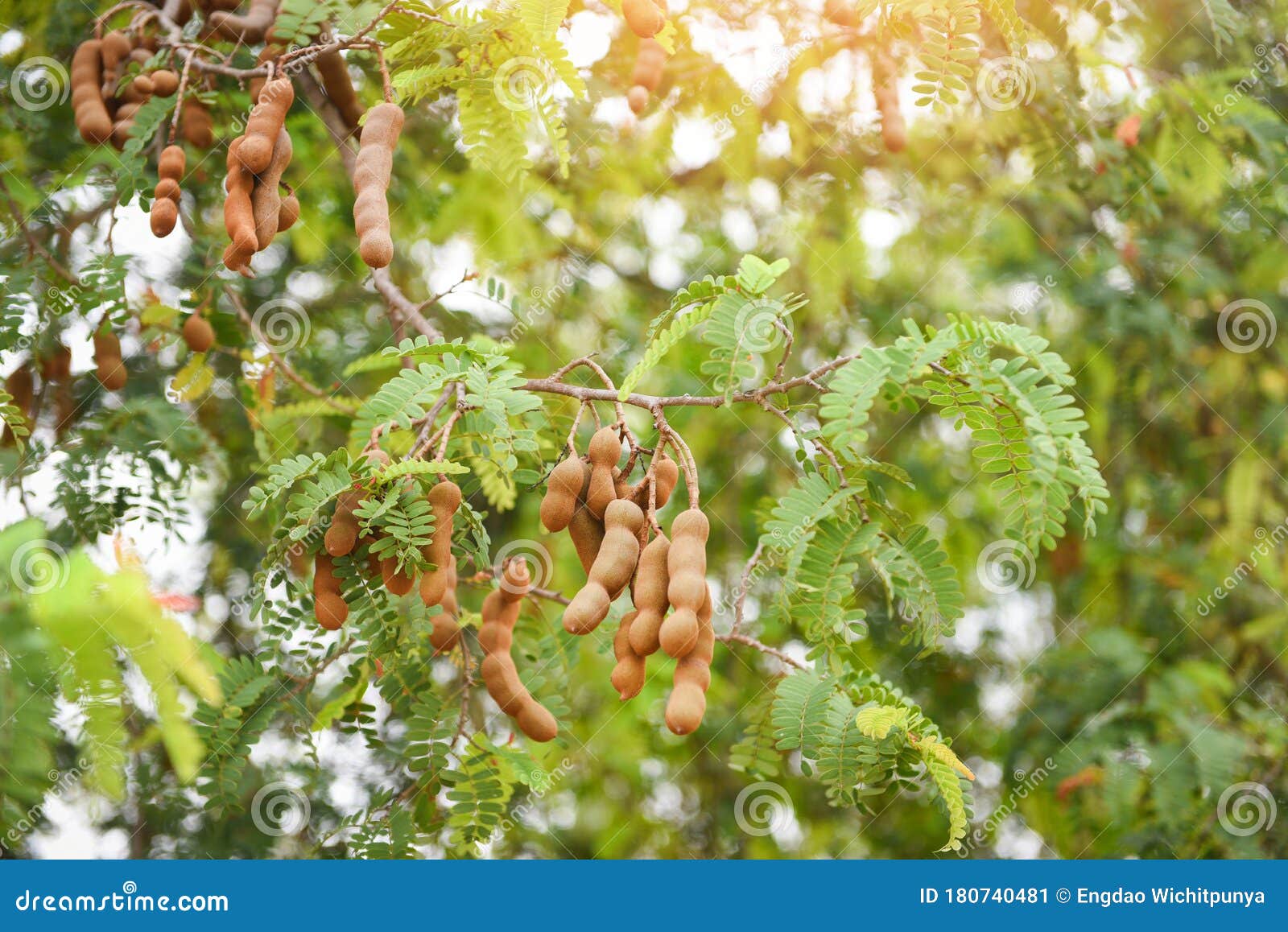


604 Tamarind Fruit Tree Leaves Photos Free Royalty Free Stock Photos From Dreamstime
/tamarind-on-grunge-wooden-background-512435778-279c6548f7af4394a3782d9524584caa.jpg)


Tamarind Mexican Fruit Definition And History



Tamarind Tamarindus Image Photo Free Trial Bigstock
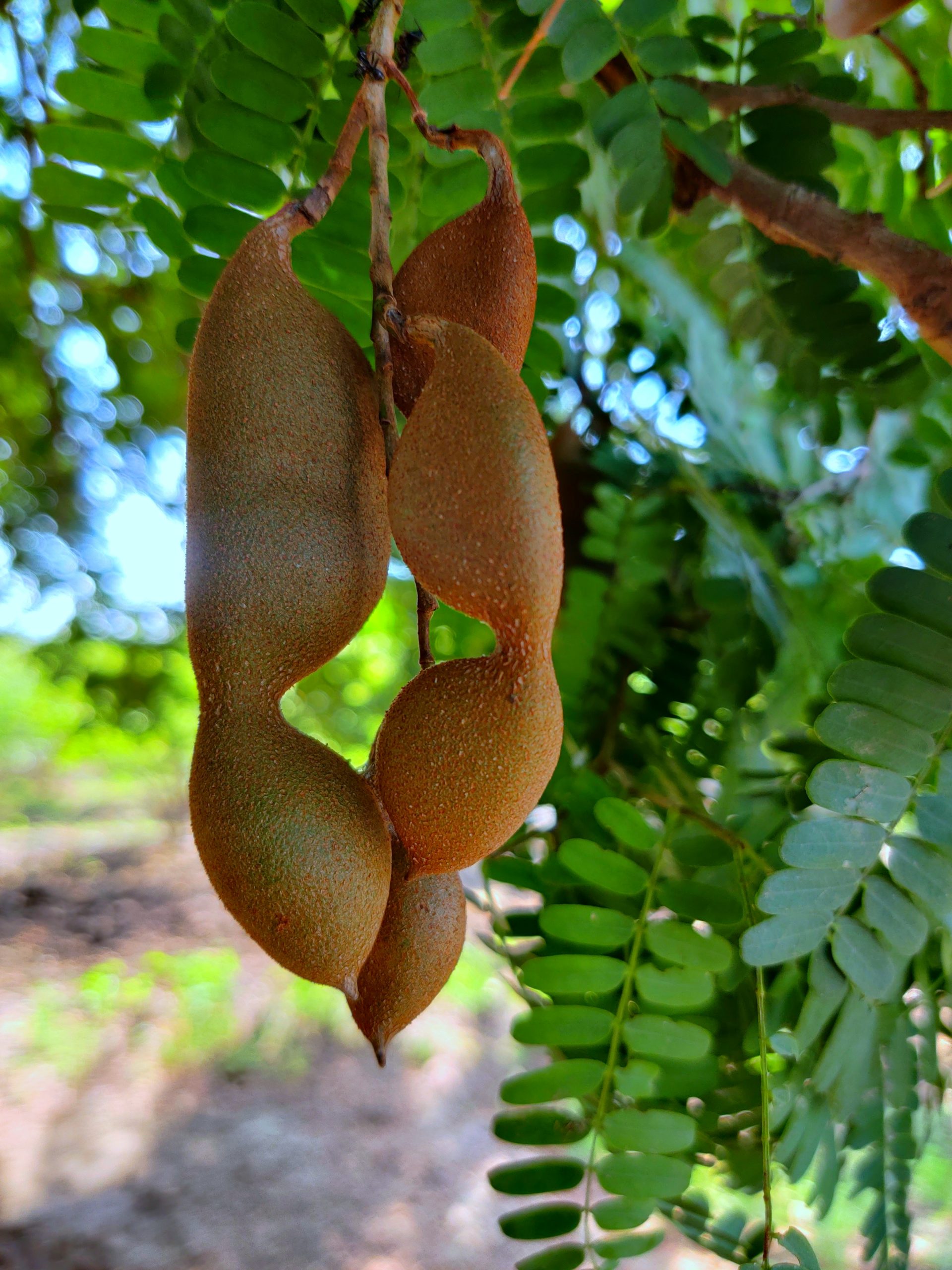


Tamarind Fruits On Tree Free Image By Parthpixel On Pixahive Com


Tamarind Vikipediya


How To Harvest And Process Tamarind The Hindu



Tamarind Fruit Tree Flowers Seeds Health Benefits And Photos



Podded Fruit Of The Tamarind Tree Latin Name Tamarindus Indica Stock Photo Picture And Royalty Free Image Image



Bark On Tamarind Tree Trunk Stock Photo Download Image Now Istock



Lushgreen Bonsai Suitable Exclusive Sweet Tamarind Tamarindus Indica Imli Fruit Tree Plant 1 Healthy Live Plant Amazon In Garden Outdoors



Royal Paradise Garden Madras Thorn Manila Tamarind Seed Monkeypod Kona Puliyanga Fruit Tree Seeds Live Fencing Tree Buy Online In Cayman Islands At Cayman Desertcart Com Productid



Tamrind Cultivation Income Cost Yield Project Report Agri Farming



Tamarind Fruit Tropical Fruit With Health Benefits Npv Beverage
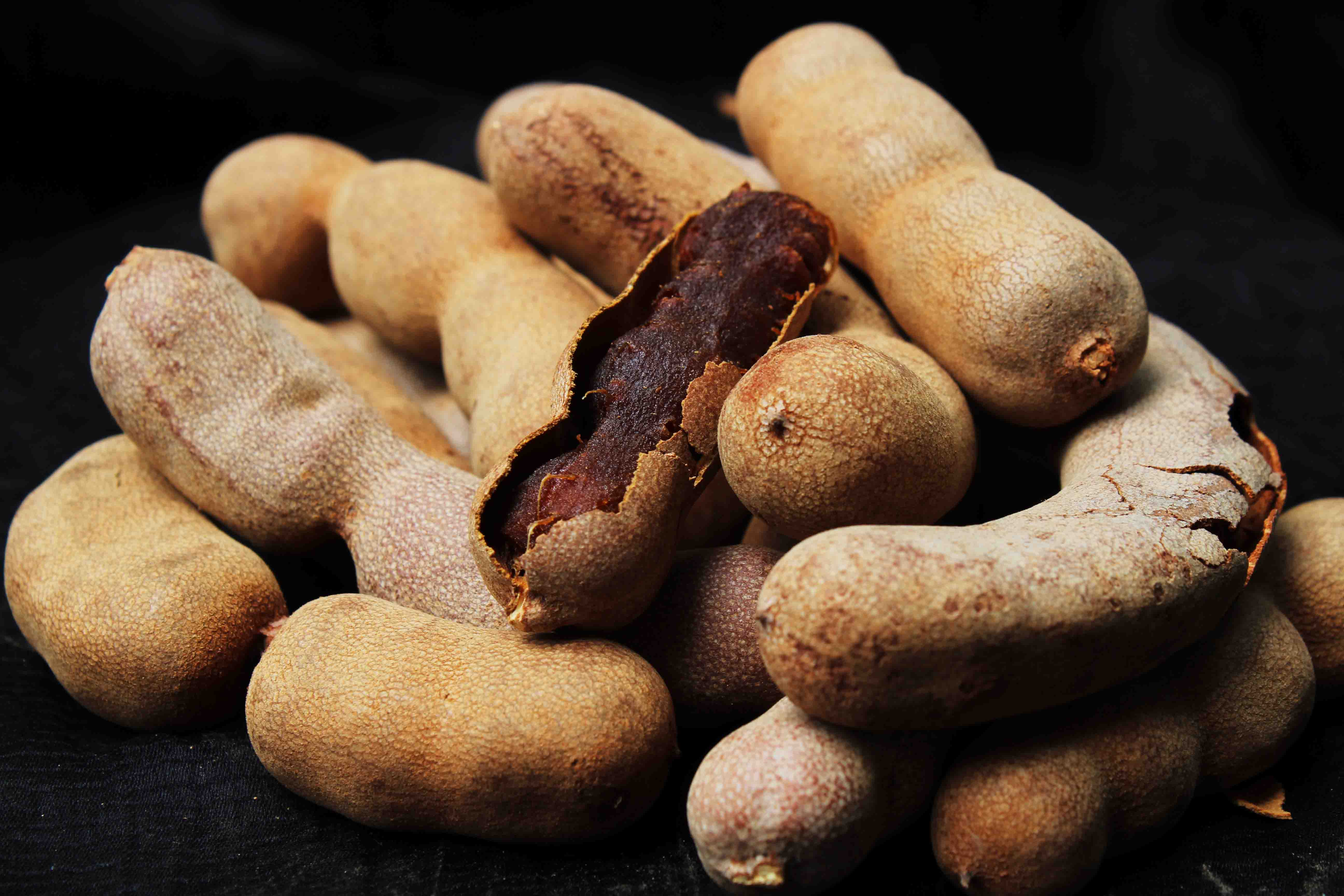


Tamarind Tamarind Tree Tamarind Fruit Health Benefits Of Tamarind
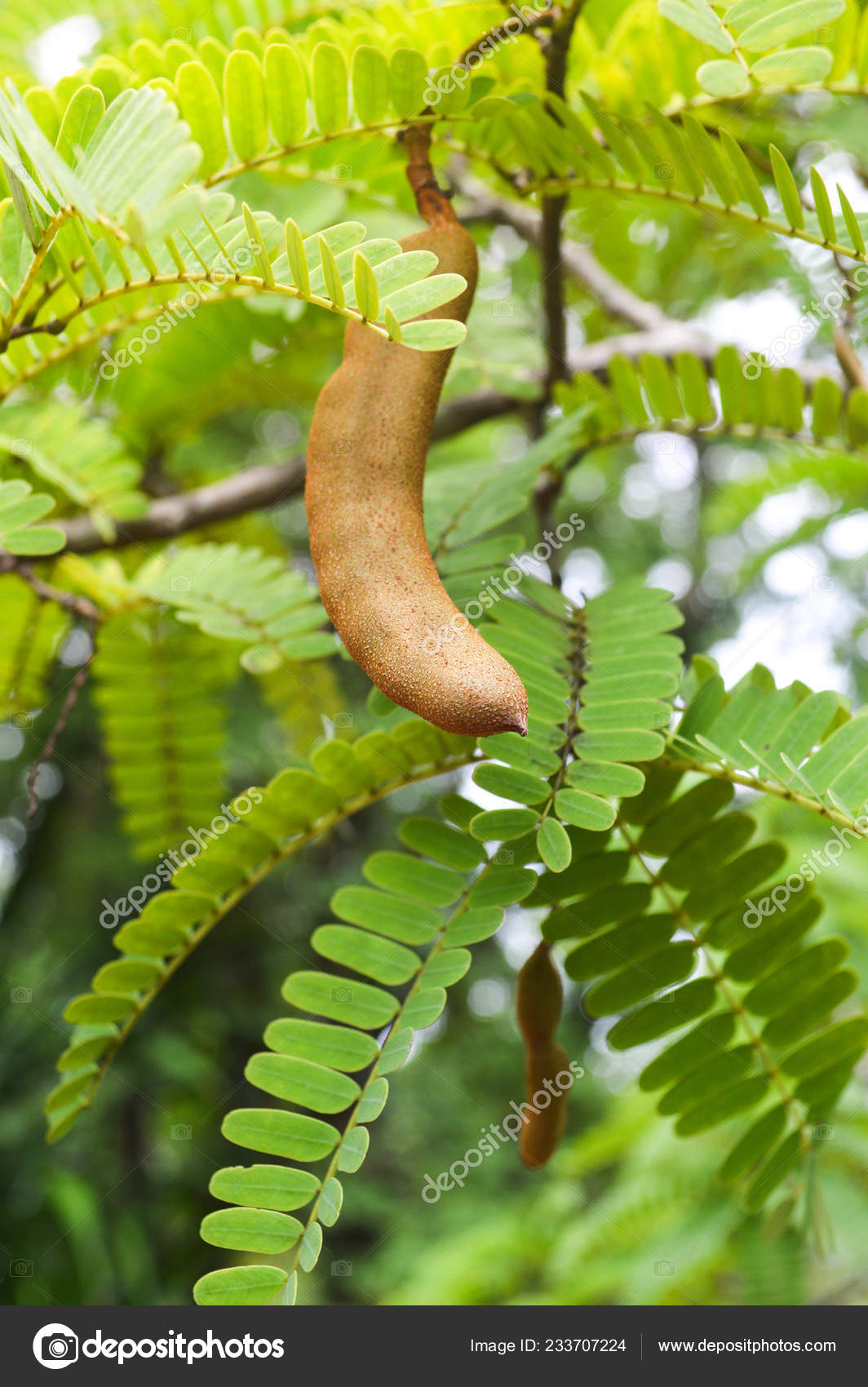


Tamarind Tree Young Raw Tamarind Fruit Hang Tamarind Tree Garden Stock Photo Image By C Poringdown Gmail Com
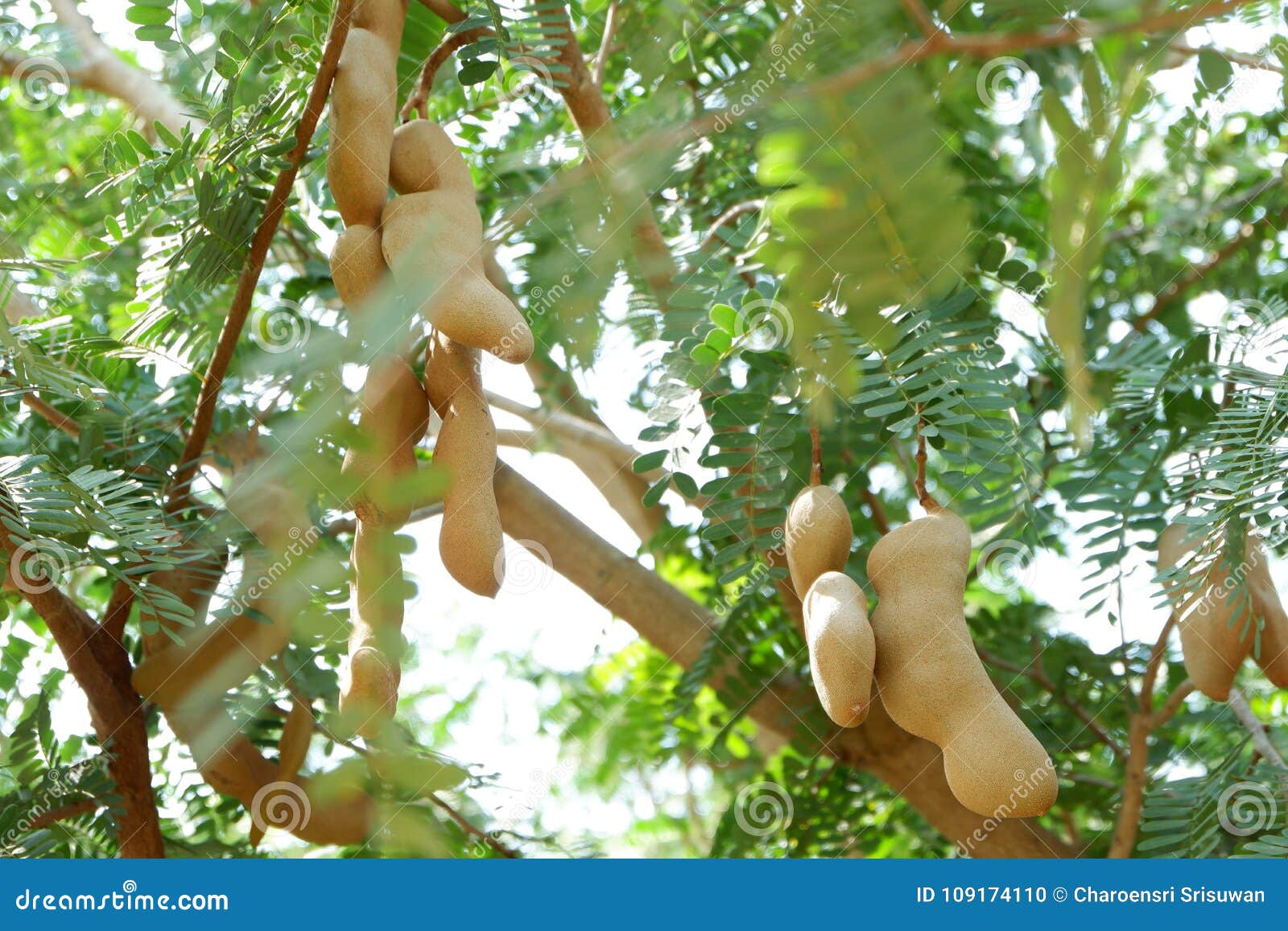


Closed Up Fresh Tamarind Fruit Tree Stock Photo Image Of Fruit Healthy



Tamarind Fruit Tree Sow Exotic
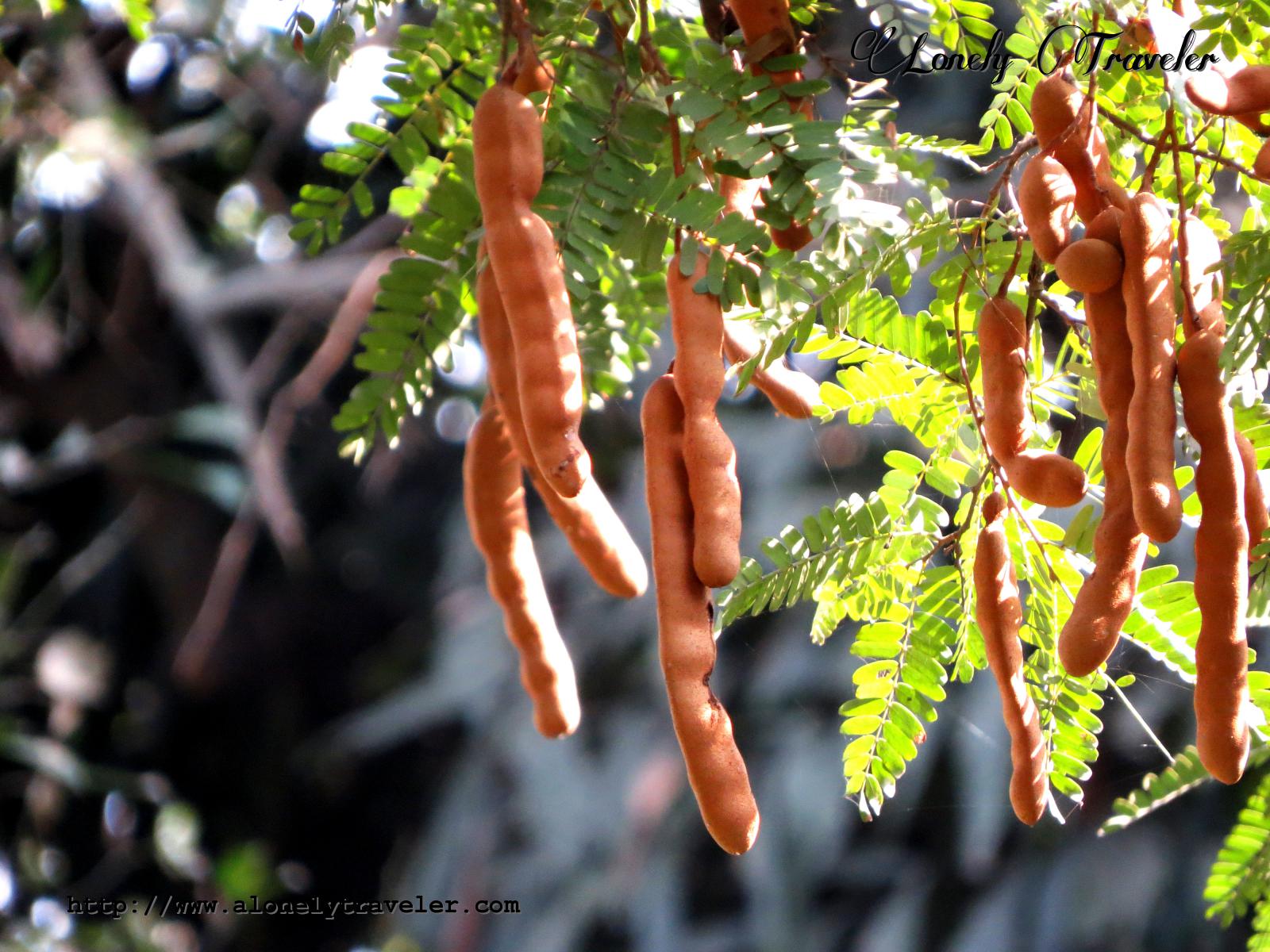


Tamarind Flower Tamarindus Indica



Tamarind Fruit Free Image By Preshit On Pixahive Com



Trees Can Go Extinct Too Meet The Endangered Fruit Tree Of West Africa
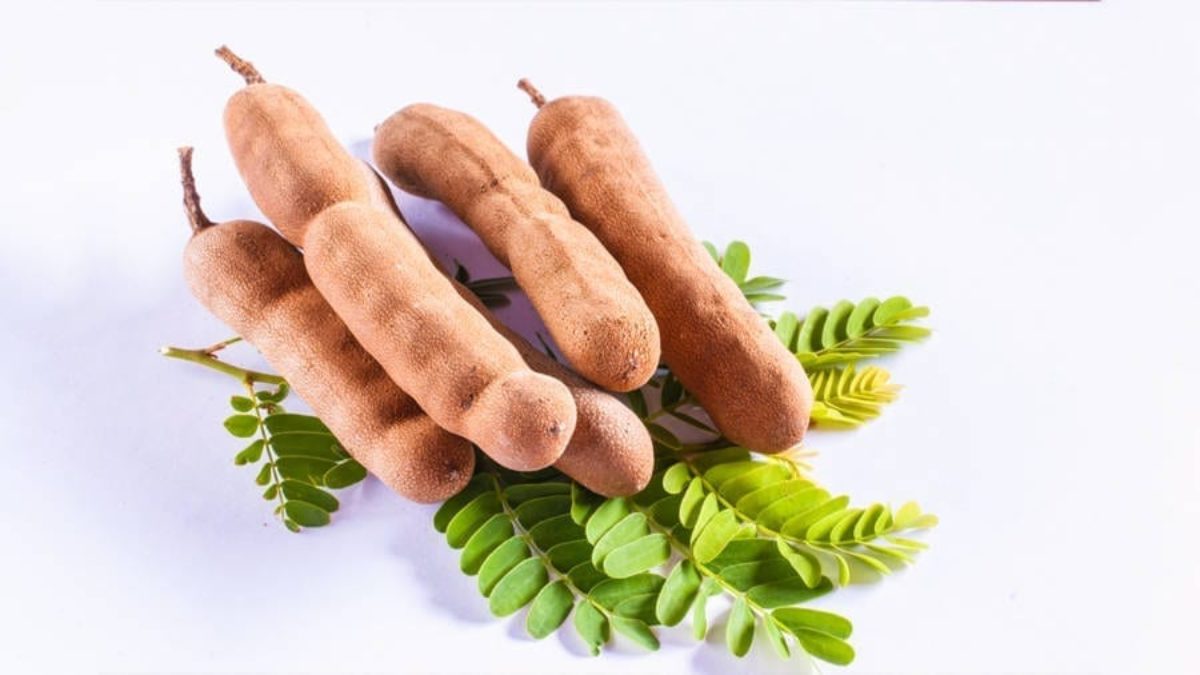


10 Benefits Of Tamarind For Your Health Meditative Mind


Tamarind Fruit Tree Seeds Cooking With Kimberly Store
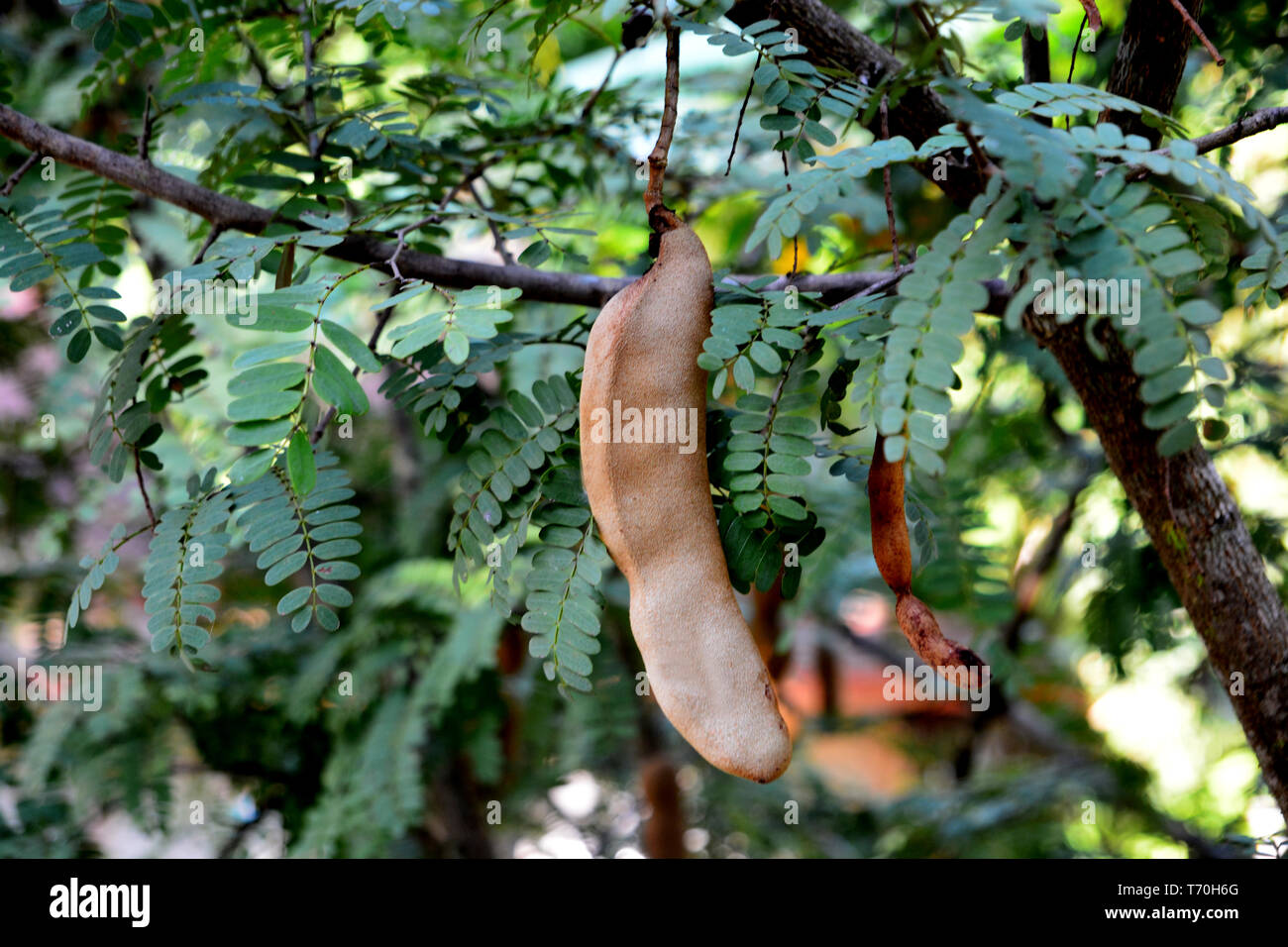


Close Up Of Tamarind Fresh Fruit On Tree Tropical Fruits Tree Tamarind Raw Tamarind On Tree Stock Photo Alamy



Tamarind Tree Tropical Image Photo Free Trial Bigstock
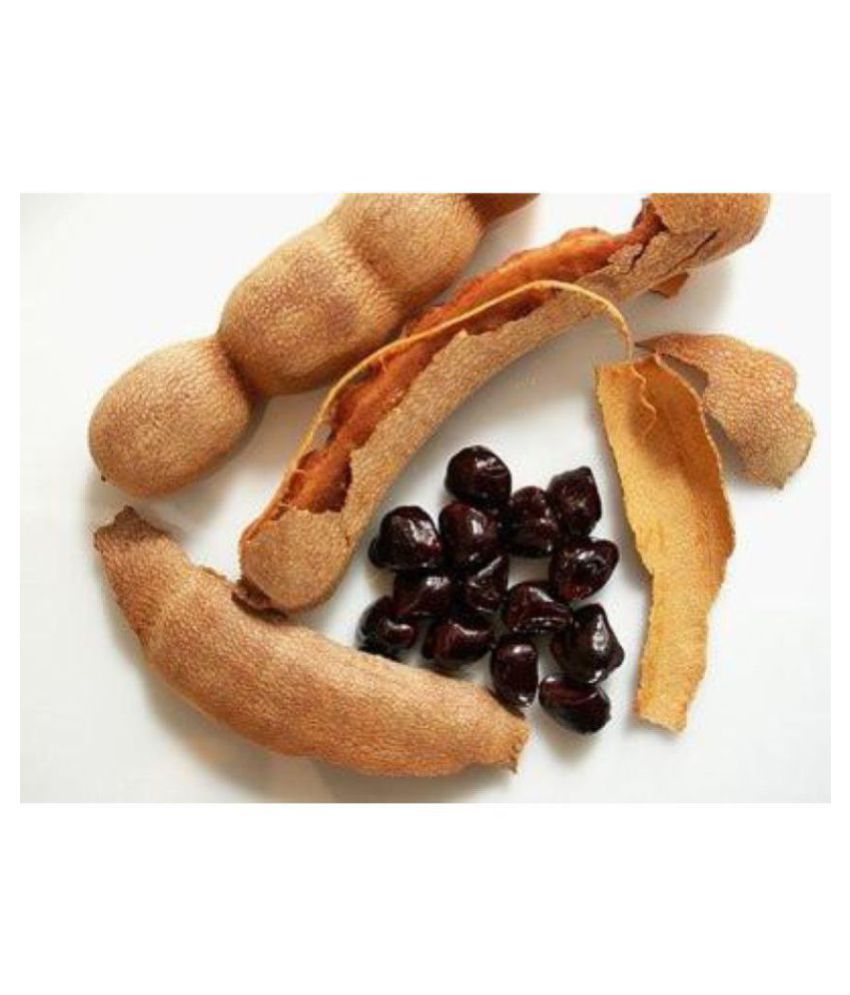


Fruit Seeds Tamarind Tree Seeds Fruit Seeds For Home Garden Organic Bonsai Suitable Fruit Seeds Kitchen Garden Pack Buy Fruit Seeds Tamarind Tree Seeds Fruit Seeds For Home Garden Organic Bonsai Suitable



M Tech Gardens Rare Sweet Tamarind Tamarindus Indica Edible Fruit Seedling Plant 1 Healthy Live Plant Amazon In Garden Outdoors
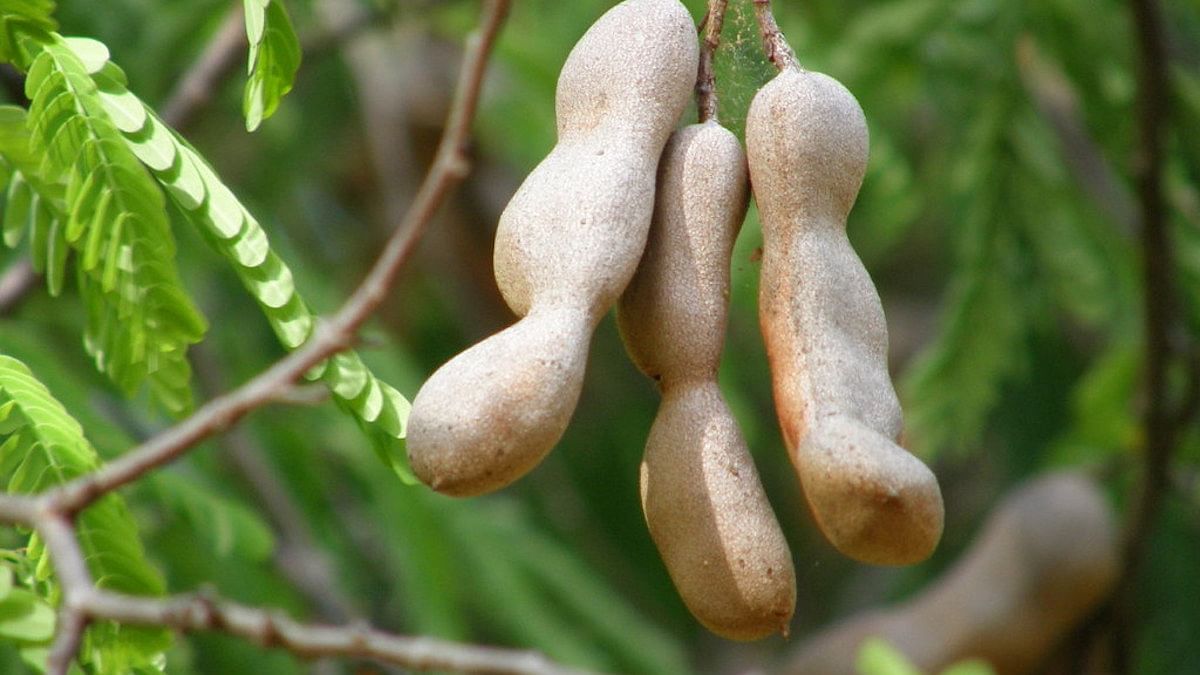


Babur To Wwii To Sonia Gandhi All Connected Through Tamarind Tree In India
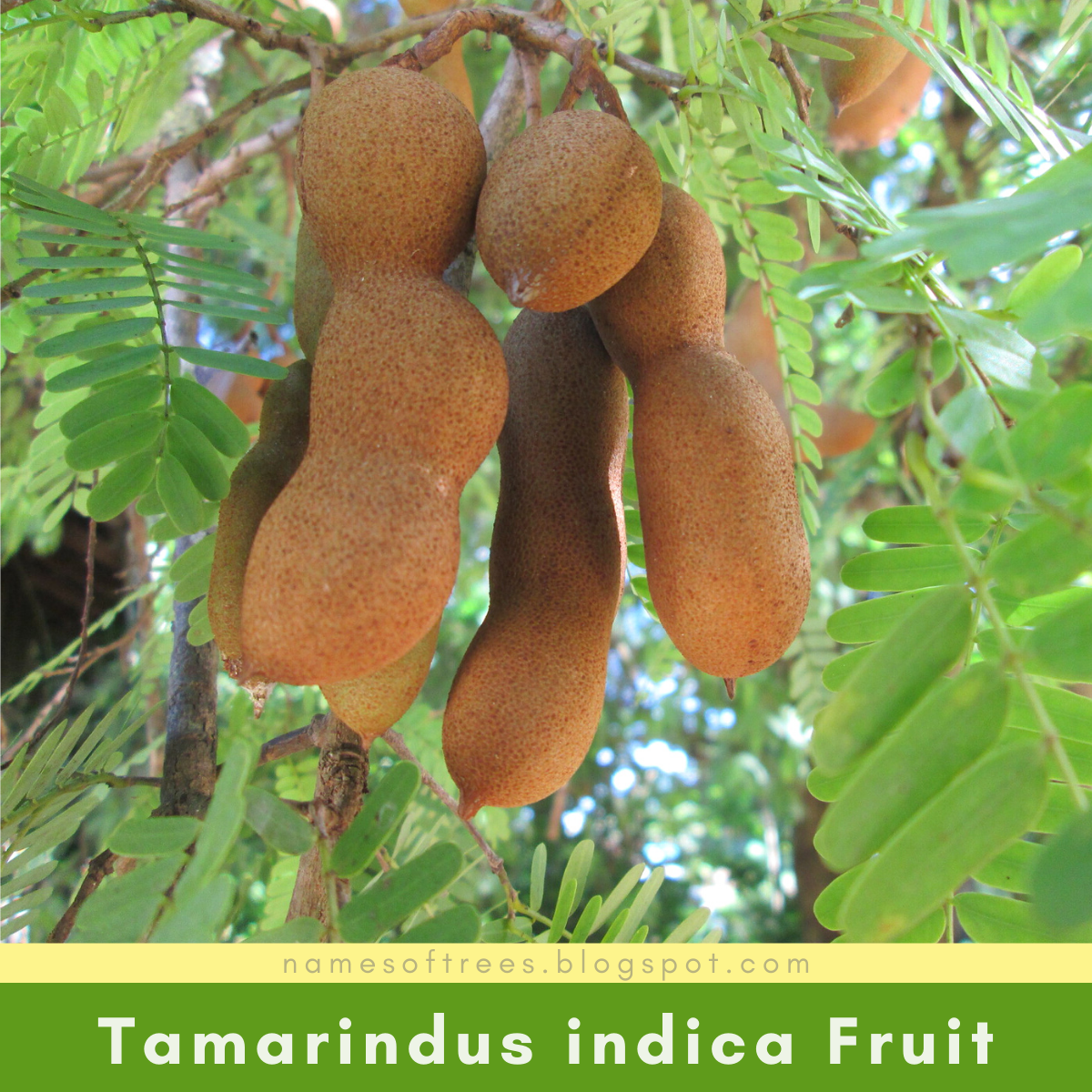


Characteristics Of Tamarind Tree Tamarindus Indica In The Wild Names Of Trees



Philippine Camachile Tamarind Plant Tamarind Fruit Tamarind



Tamarind Tree A Very Large Tamarind Tree With Fruit Pods Flickr



Pithecellobium Dulce Manila Tamarind Fruit Plants Tree Exotic Flora



Pin On Frutas
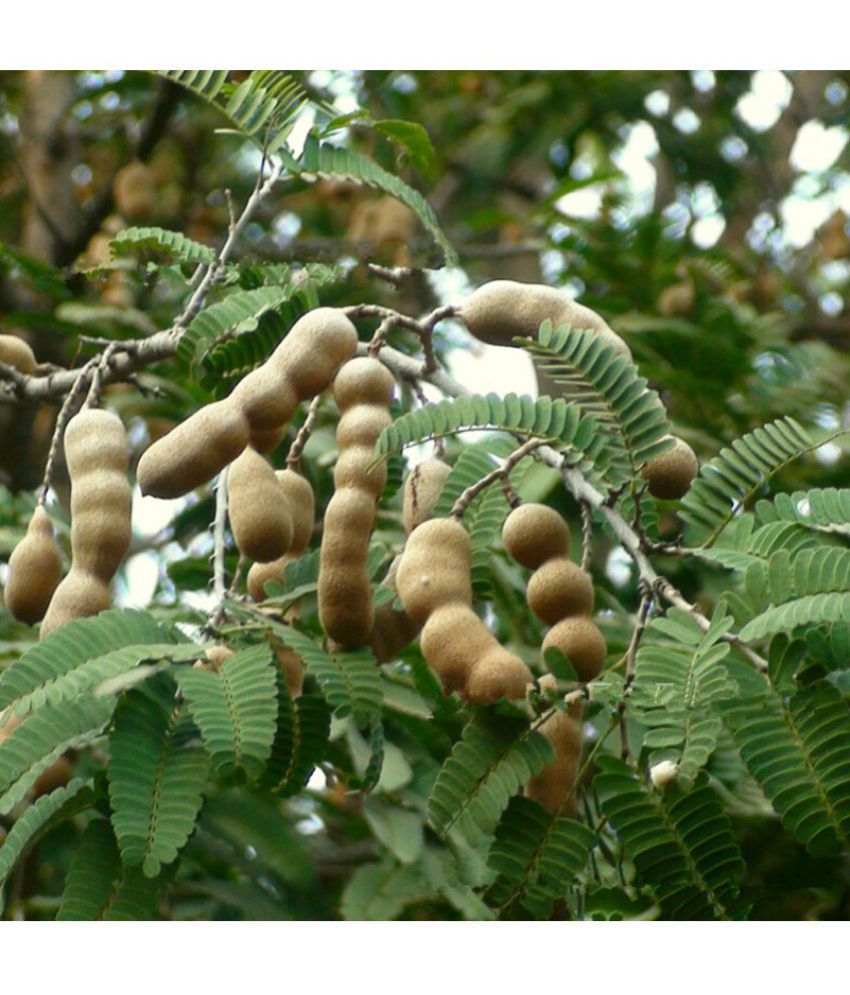


Creative Farmer Fruit Seeds Tamarind Imli Or Tamarindus Indica Tree Fruit Seeds Fruit Plant Seeds Bonsai Suitable Fruit Seeds Kitchen Garden Pack Buy Creative Farmer Fruit Seeds Tamarind Imli Or Tamarindus Indica



Tamarind Tree Tropical Image Photo Free Trial Bigstock



Tamarind On Tree Sweet Tamarind On Tree In Thailand Stock Photo Picture And Royalty Free Image Image



Tamarind Tree Tamarindus Indica Stock Photo Download Image Now Istock



Tamarind Fruits On The Tree Among Bright Sunlight In Soft Blurred Stock Photo Picture And Royalty Free Image Image



Tamarind Tree 10 Seeds Seed Bonsai Tamarindus Indica Hirt S Gardens
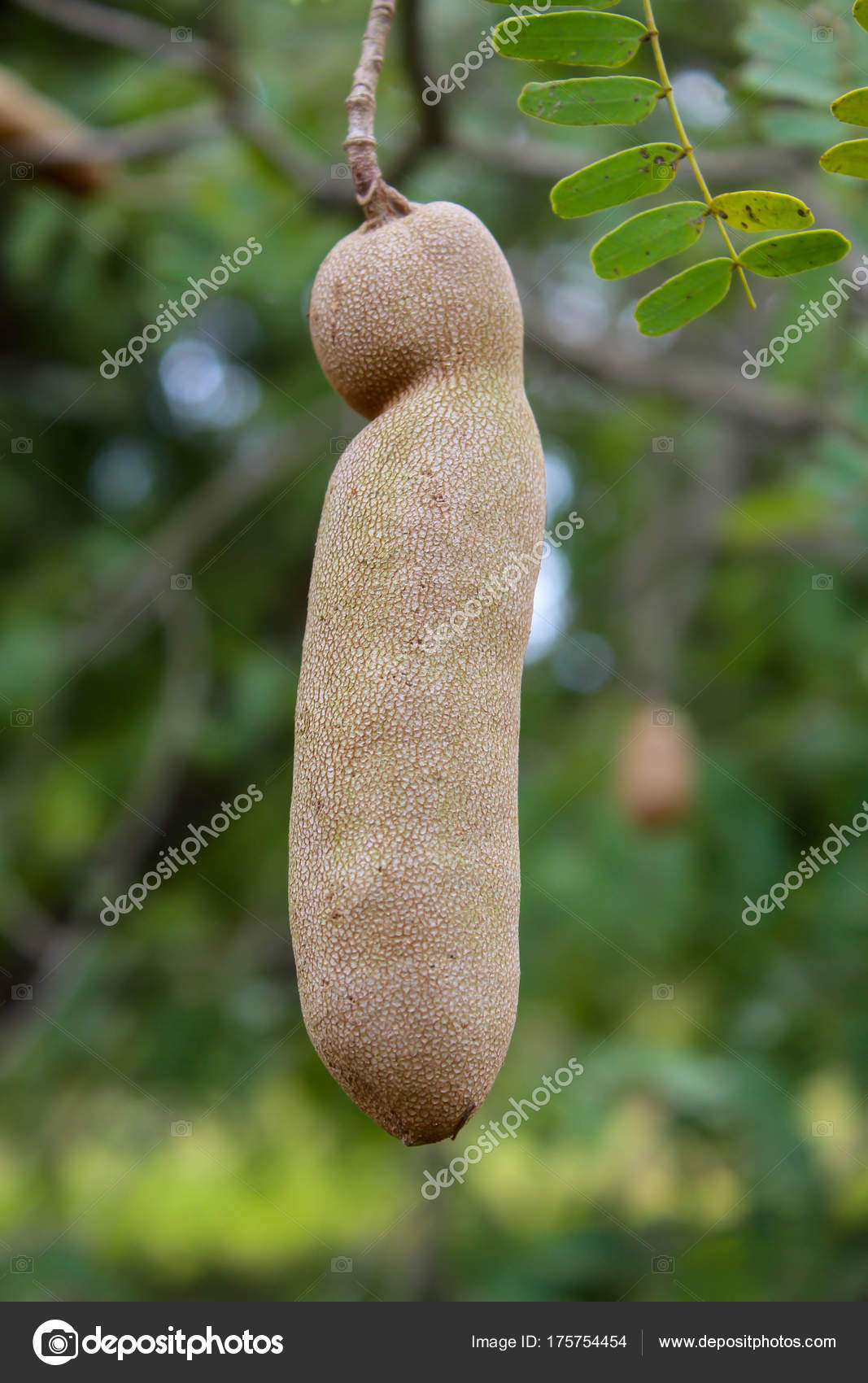


Single Tamarind Fruit On Tree Stock Photo Image By C Prapholl



Tamarind Imli Sub Tropical Fruit Karachi Pakistan 1 Flickr



M Tech Gardens Rare Sweet Tamarind Tamarindus Indica Edible Fruit Seedling Plant 1 Healthy Live Plant Amazon In Garden Outdoors



Tamarind Tree Fruit Page 1 Line 17qq Com



Tamarind Tree Tropical Image Photo Free Trial Bigstock



Image Of Tamarind Fruit On Tree Zc Picxy
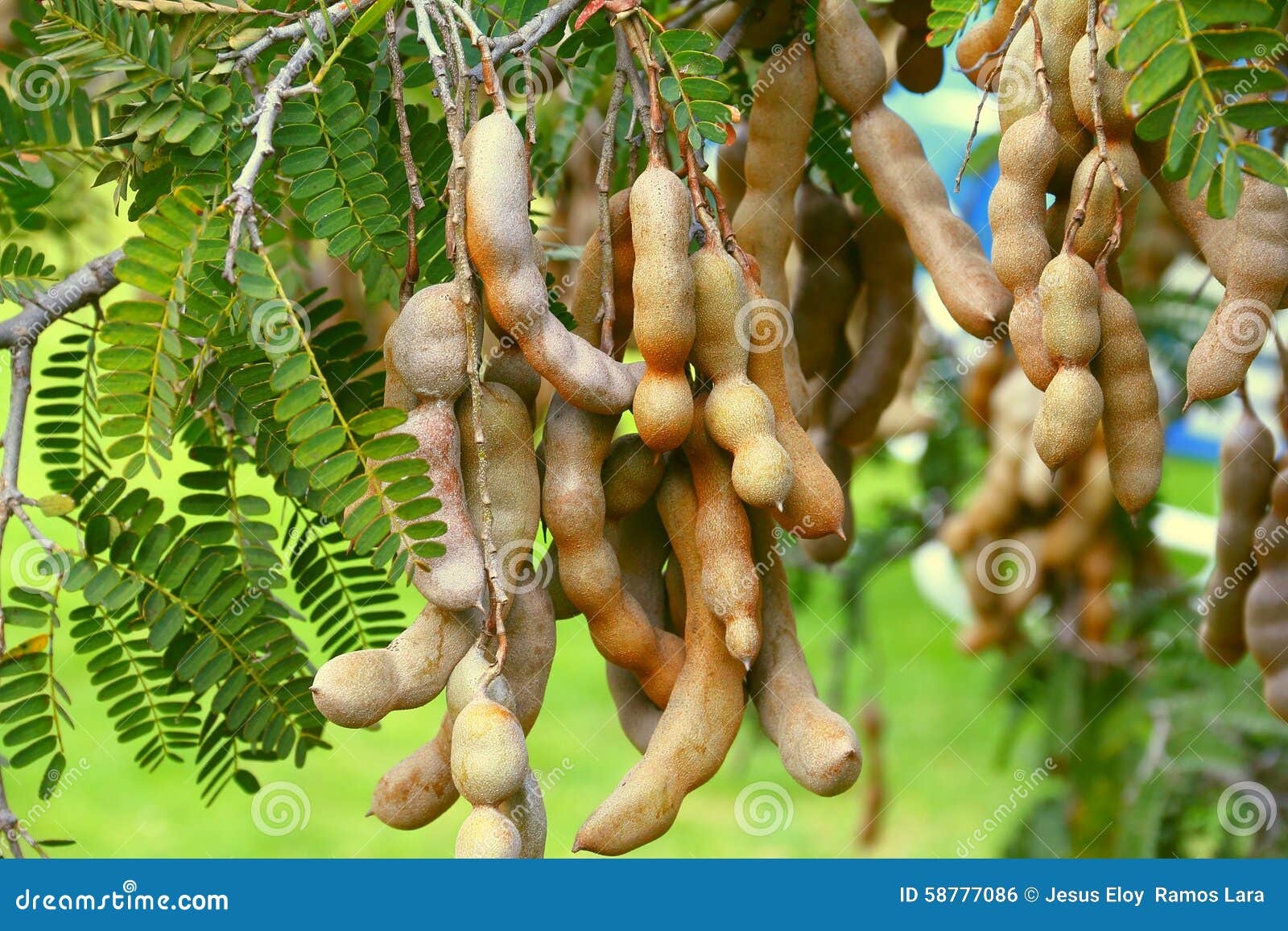


Tamarind I Stokovoe Foto Izobrazhenie Naschityvayushej Tamarind



Tamarind Fruits On Tamarind Tree Stock Photo Edit Now



Tamarind Fruit Is Delicious On Tree Stock Photo Picture And Royalty Free Image Image



Tamarind Tree Seeds Tamarindus Indica



Image Of Tamarind Fruit On Tree La Picxy



Sweet Tamarind Fruit Garden Weird Fruit Fruit Plants



File Tamarind Unripened Fruits And Tree Jpg Wikimedia Commons
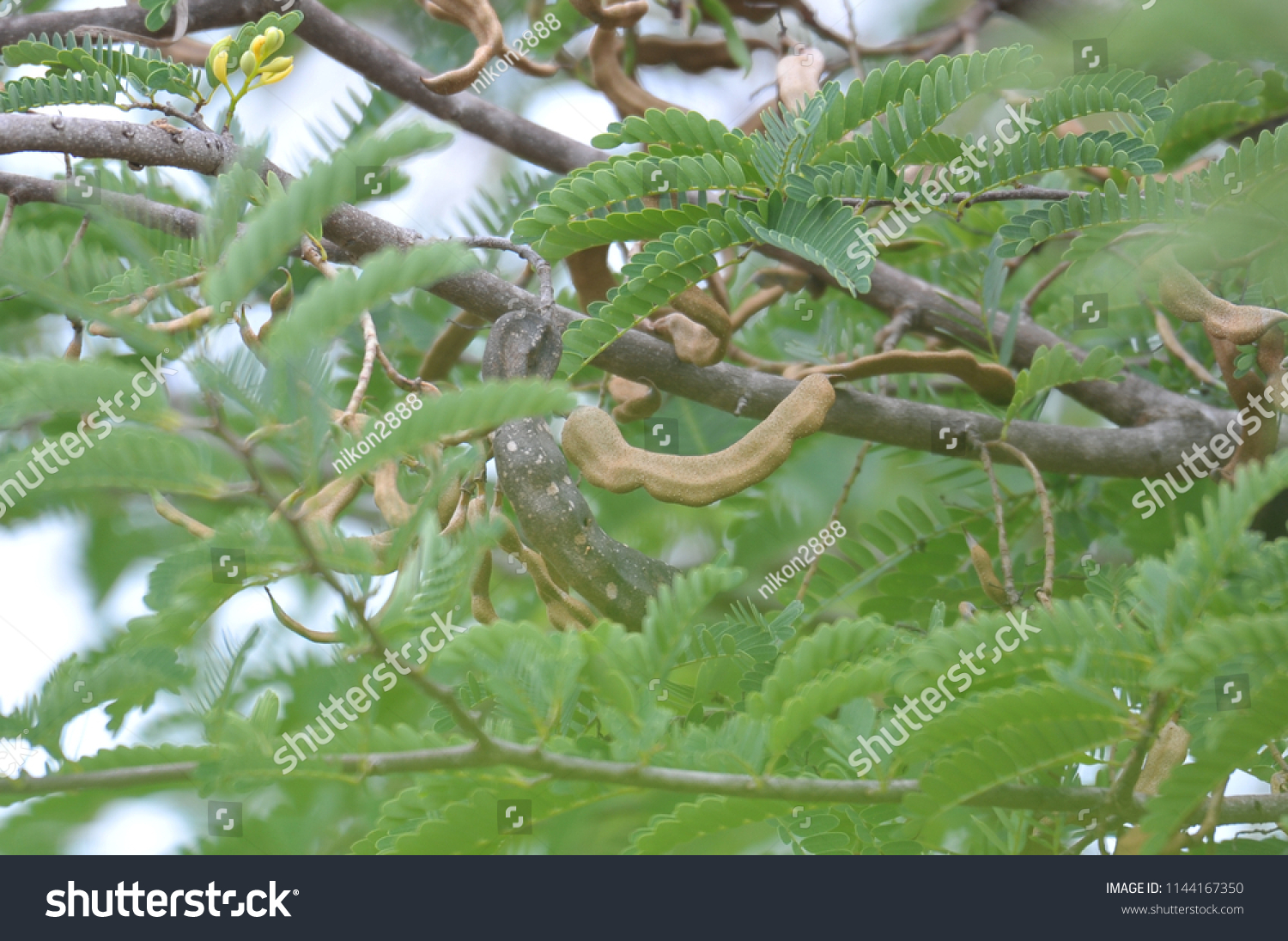


Tamarind Fruit Tree Tamarind Leaves Stock Photo Edit Now



Fresh Tamarind Fruits On Transparent Background Medical Ingredient Freshness Png Transparent Clipart Image And Psd File For Free Download
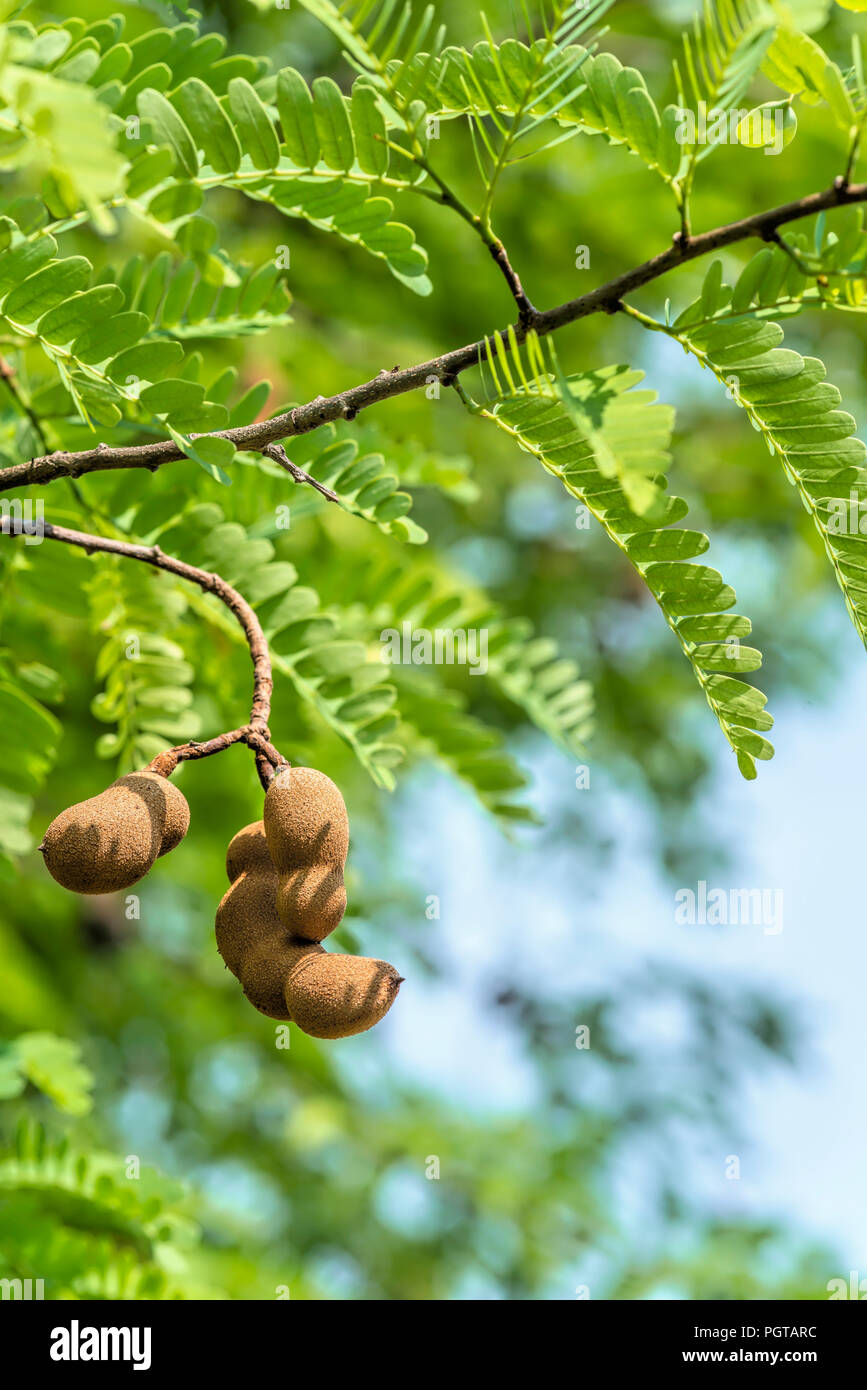


Closeup Of Tamarind Fruits On A Tree Thailand Stock Photo Alamy


Sweet Tamarind On Wooden Background Fresh Tamarind Fruits And Leaves Stock Photo Crushpixel
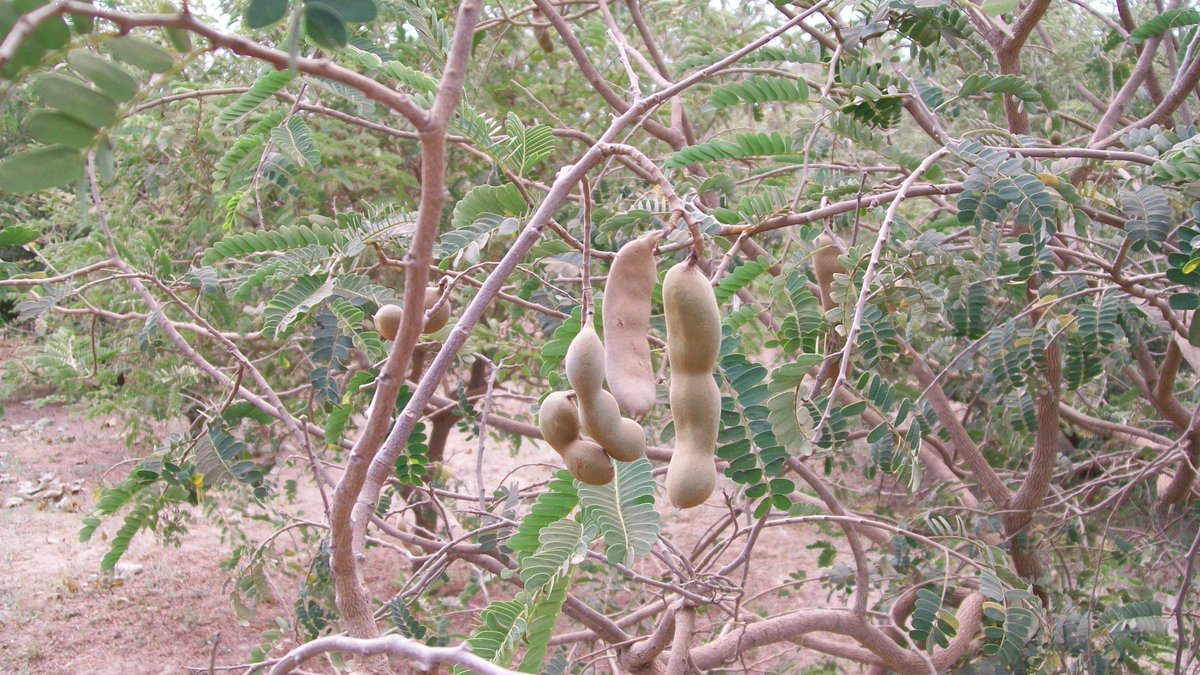


Buzzwise Media Uganda Meet The Endangered Fruit Tree Of Africa T Co Ar9bi3csxv Environment Tamarind Lindsaycobb
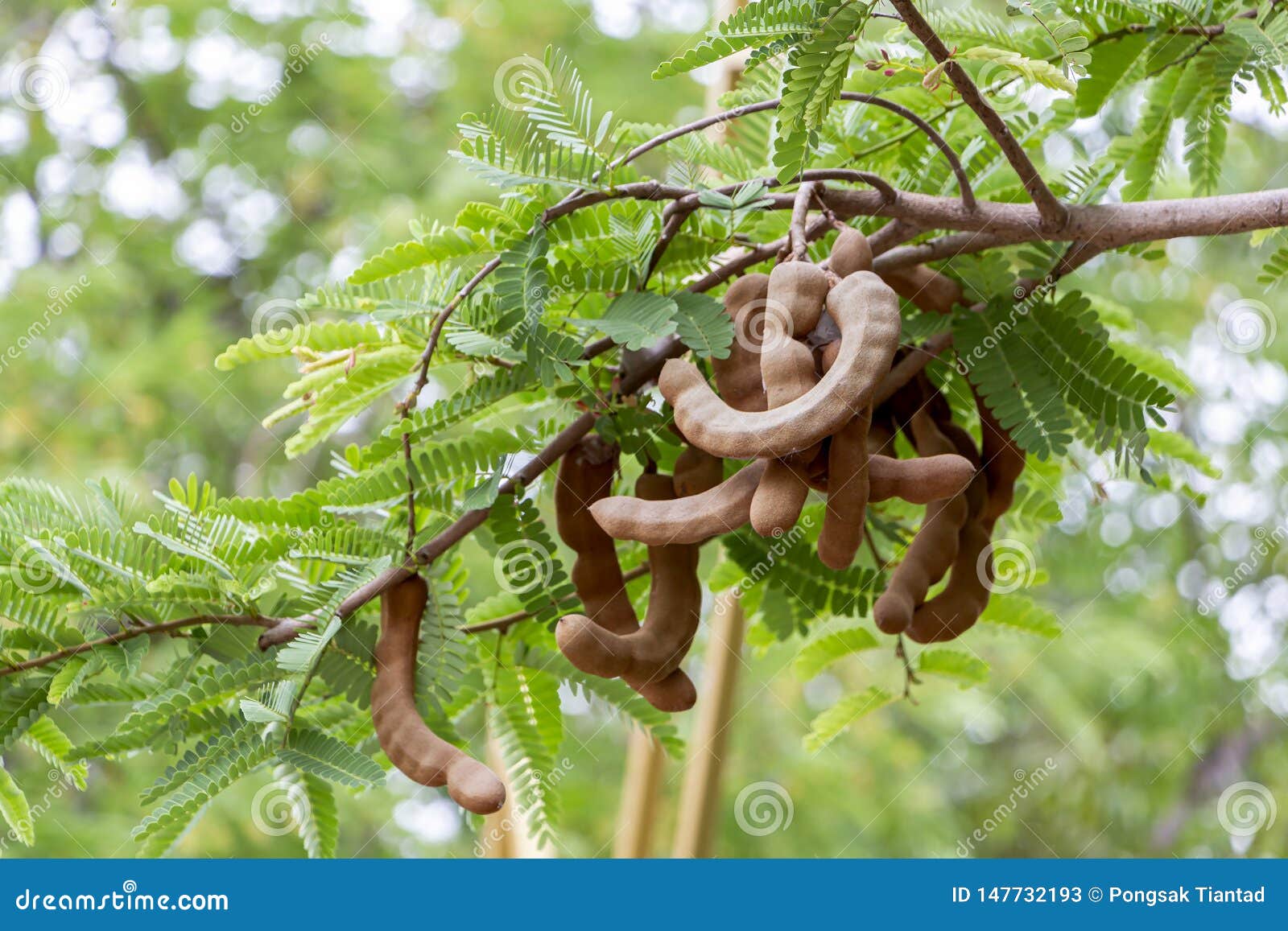


Fresh Tamarind Fruit And Leaf On Tree In Tropical Tramarind Used As A Flavoring In Asian Cooking Stock Image Image Of Healthy Group



Creative Farmer Outdoor Fruit Tree Plant Averrhoa Bilimbi Iron Tamarind Plant Hairy Panicles Home Garden 1 Healthy Live Plant Amazon In Garden Outdoors



Tamarind 0 45 Kg Pack Sharbatly Club



How To Plant Tamarind Seeds Native To Eastern Africa The Tamarind Tree Tamarindus Indica Proves Its Worth In Your Yard Tamarind Plant Tamarind Fruit Plants



Thai Sweet Tamarind Tetul Fruit Trees Nursery Plants Bangladesh
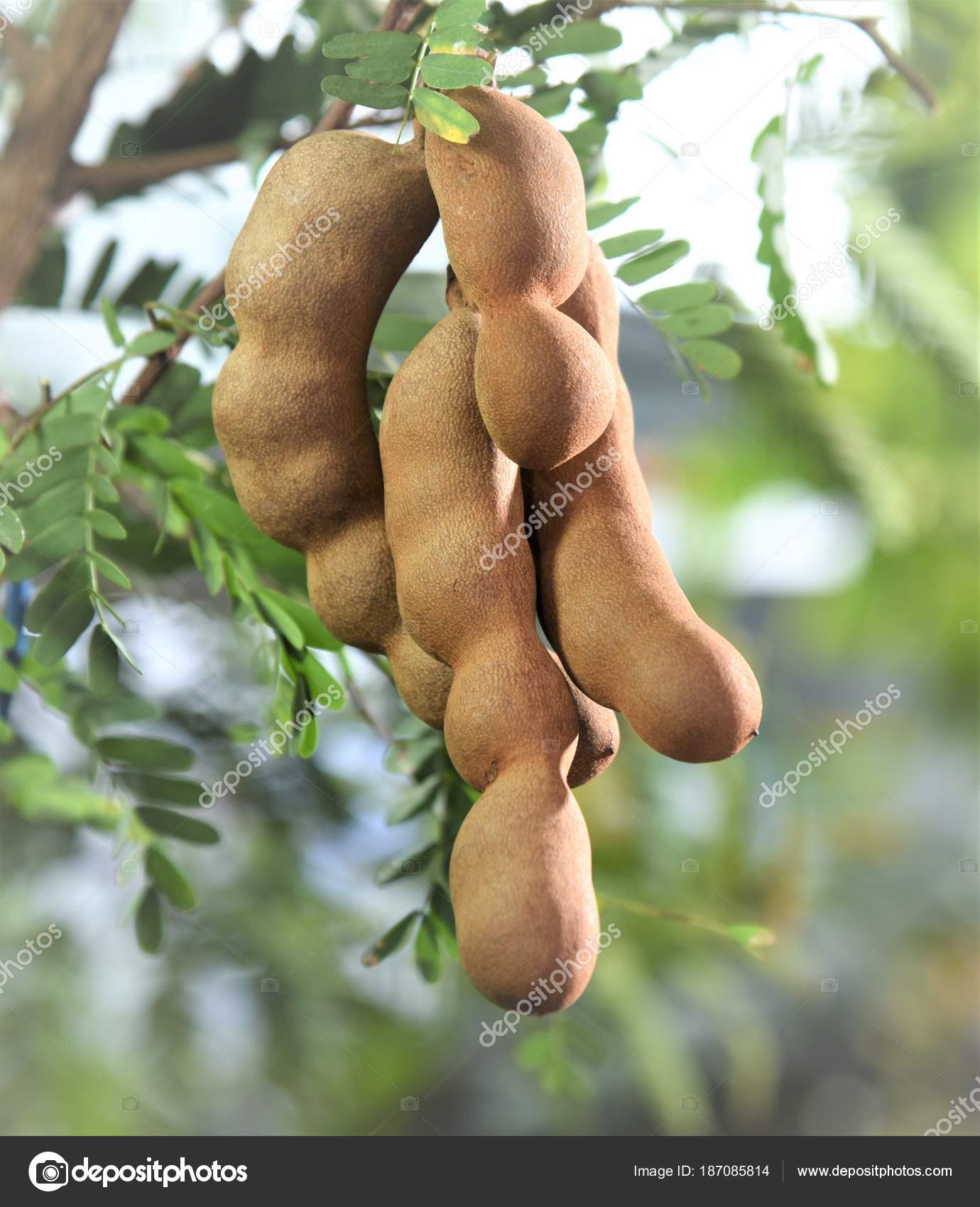


Tamarind Fruit Its Tree Stock Photo Image By C Srisomthavil Gmail Com
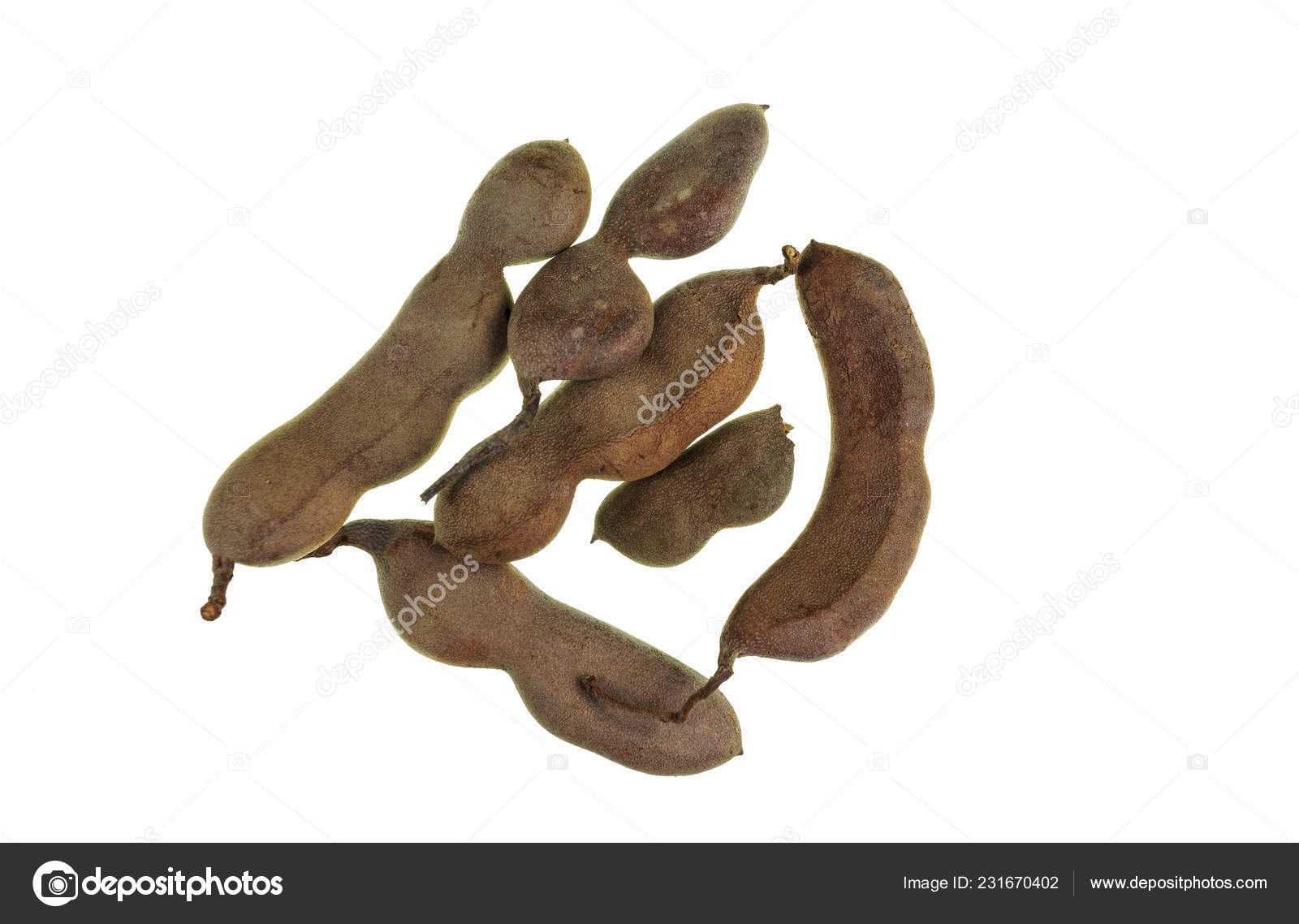


Tamarind Tamarindus Indica Pod Fruit Tamarind Tree Leguminous Tree Native Stock Photo Image By C Ribeiroantonio


Tamarind What Is It How Do You Eat It Better Homes And Gardens



Sweet Tamarind And Leaf On The Tree Raw Tamarind Fruit Hanging Stock Photo Picture And Royalty Free Image Image
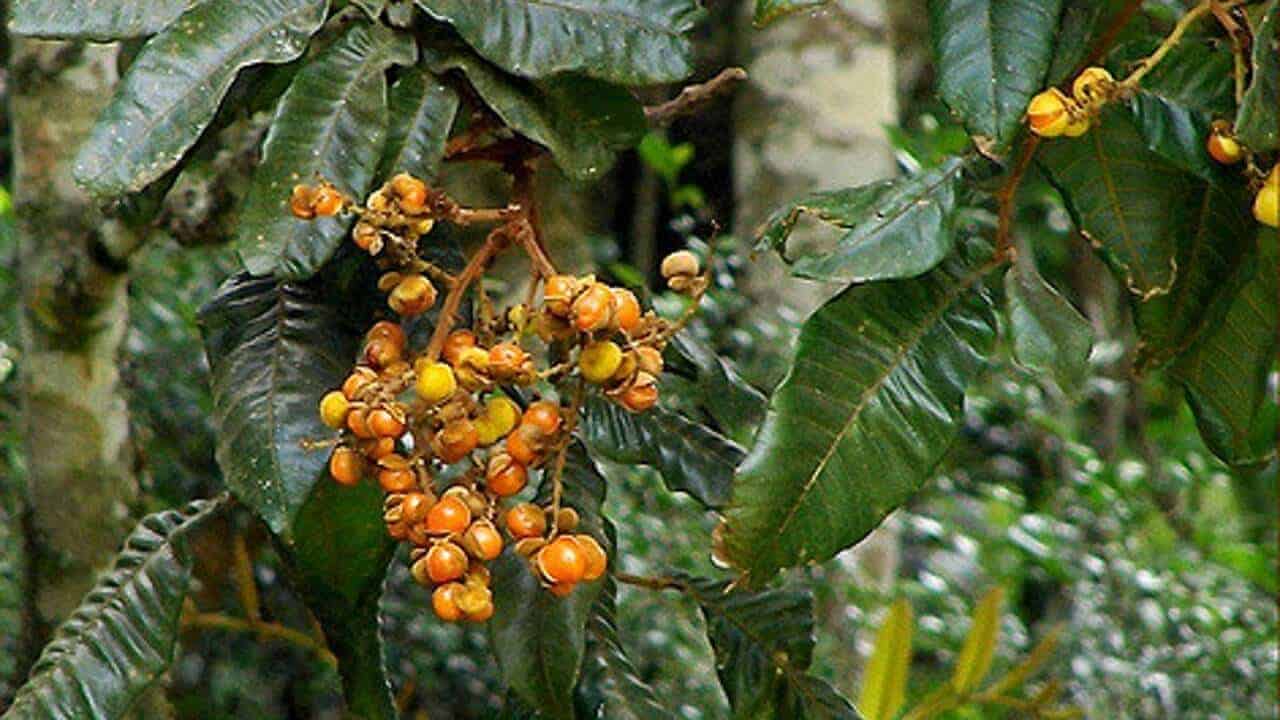


Large Leaf Tamarind Diploglottis Australis Tucker Bush



Tamarind Png Images Vector And Psd Files Free Download On Pngtree



0 件のコメント:
コメントを投稿